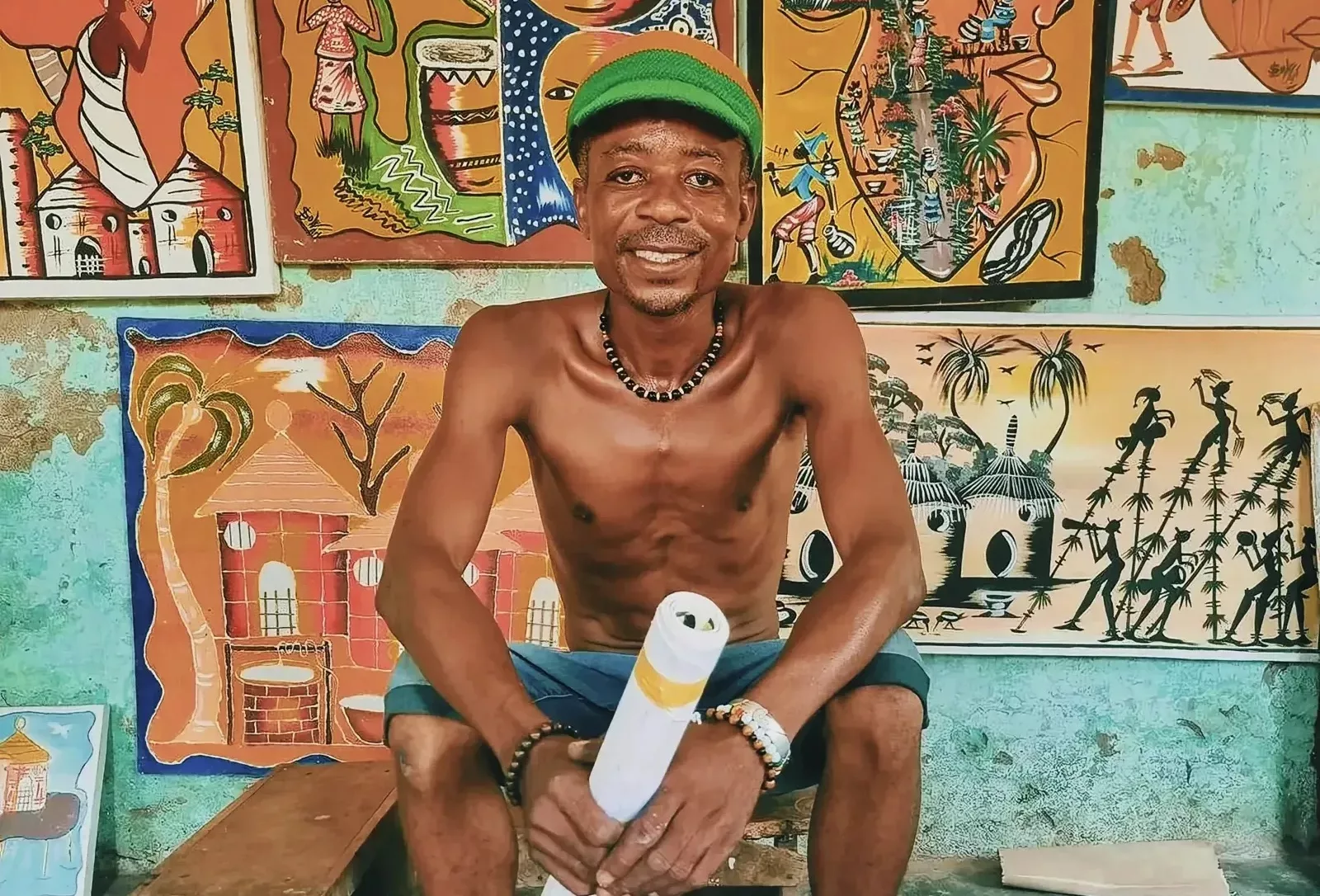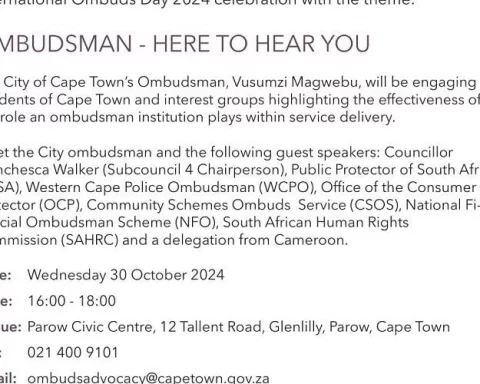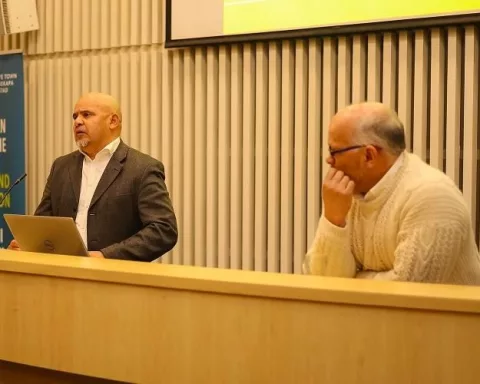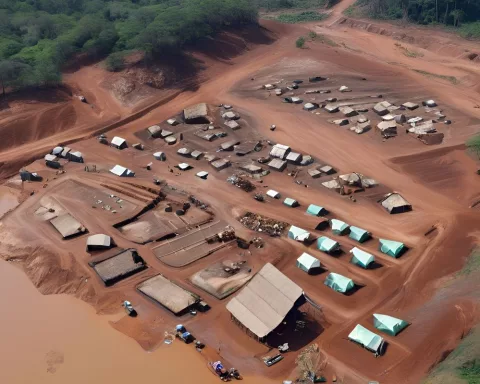Quick links to sections:
- An Introduction to Togo
- Togo Entry Requirements
- Weather and Best Time to Visit
- Divisions and Regions
- Key Travel Destinations
- Things to Do in Togo
- Travel Tips for Visiting Togo
- Togo Safety Tips
- Some final words
- FAQ: Discovering the Colorful Tapestry of Togo
An Introduction to Togo
On my numerous journeys to West Africa, Togo has always been a country that captured my wanderlust with an inexorable pull. Nestled between Ghana and Benin, Togo may be geographically petite, but its cultural richness spreads wide and deep, painting a vivid tableau of traditions and landscapes that lure even the most seasoned of travelers.
Togo extends a warm embrace with its 56km stretch of Atlantic coastline, a slice of paradise that whispers the ancient tales of the sea. As I ventured further, I was enthralled by remote villages where time seemed to stand still, and voodoo traditions wove their mysteries through the fabric of everyday life. Each visit brought me closer to understanding the true essence of this vibrant nation, where elephants roam wild in national parks that are as untamed as they are beautiful.
Amidst the symphony of sights, sounds, and smells, my spirit danced to the rhythm of Togo’s heartbeat; in bustling markets, along dusty roads, and within the sacred spaces where the realms of spirits and mortals intertwine. Let me take you with me on a journey through a land that is as complex as it is captivating, a hidden gem glittering with untold stories and uncharted adventures.
In Togo, every handshake is a conversation and every smile a story. It is a country that doesn’t just invite exploration but insists on it. And as I write to you now, I hope to impart a fragment of the magic that Togo has etched in my soul — a magic that rests not in the grandiose, but in the profound simplicity of life lived in harmony with the land and its ancestors.
Togo Entry Requirements
Whether you’re journeying to Togo for its vibrant culture, remarkable landscapes, or intriguing voodoo traditions, understanding the entry requirements is an essential first step. As someone who has experienced the marvels of Togo first-hand, I can assure you that the country’s administrative processes, although thorough, are fairly straightforward.
A word of advice from my own experiences – before you start planning your itinerary, the first point of contact should be your nearest Togolese embassy. As the UK government advises, you should always verify the entry requirements based on your specific passport type and travel plans.
First and foremost, all travelers, including children and young people, require a visa to enter or transit through Togo. Gone are the days when visas were issued upon arrival. Instead, you must apply for an e-visa at least six days before your arrival. It’s a straightforward online process, but do keep in mind the processing time to avoid any last-minute hassles.
E-Visa Processing Time and Cost: The processing time for a Togo e-visa is typically between 48 to 72 hours, but it is recommended to apply at least seven days before your planned departure to account for any delays. The cost for a single-entry visa is approximately $50, and a multiple-entry visa is around $70. These fees are non-refundable and must be paid during the application process.
Speaking of passports, there are some rules you should know. If you’re visiting Togo, your passport must be valid for at least three months beyond your intended stay. However, if you’re a resident of Togo, your passport must be valid for six months from the date you arrive.
Also, a yellow fever certificate is a mandatory requirement, so don’t forget to visit the National Travel Health Network and Centre’s TravelHealthPro website to check on this.
On arrival and departure from Togo, you will be required to fill out an online registration certificate. The country has withdrawn COVID-19 testing for all passengers, regardless of vaccination status. Proof of vaccination is no longer a necessity, but it’s always good to stay updated on these requirements since travel guidelines change frequently these days.
While I understand that all these steps might seem a little intimidating, I assure you that the unique allure of Togo as a travel destination makes all these preparations worth it. Once you’ve sorted out these formalities, you’re all set to tuck into the flavorsome filling of West Africa that is Togo!
Weather and Best Time to Visit
Ah, the tropical allure of Togo! Togo’s climate is as diverse as its culture and landscapes. The weather is tropically warm year-round, with temperatures ranging from high to higher. From the balmy 27°C on the south coast to a sizzling 30°C in the north’s savannah, one can quite literally feel the heat dial turning up, the further north one travels.
Rain doesn’t shy away either, with the rainy season spanning May to October. However, the south enjoys a slight respite from the rains mid-July and mid-September. And if you’re planning to explore the Fazao-Malfakassa National Park, take note that it only opens its gates to visitors from November to April.
I have to admit, the sweltering heat of March and April can make touring somewhat torrid. My personal recommendation, therefore, is to plan your visit between November and February. The weather around this time is pleasantly bearable, making sightseeing and outdoor activities much more enjoyable.
But the allure of Togo isn’t just confined to its weather. There’s a different type of heat at its unique festivals, such as Gbagba in August and the Voodoo Festival in September. Experiencing these festivals is like getting an intimate glimpse into the country’s rich cultural tapestry. I can vouch for the fact that they add a whole new level of excitement to the Togo experience.
Despite the country’s warm tropical climate, you’ll soon realize that the natural heat of Togo lies in the warmth of its people, their rich traditions and the vibrant landscapes that make this West African gem a truly unique travel destination.
Divisions and Regions
As a traveller in Togo, you’ll find this small West African country is split into five diverse regions: Maritime, Plateaux, Centrale, Kara, and Savanes. Each region possesses unique cultural heritage, natural beauty, and attractions worth exploring.
Maritime
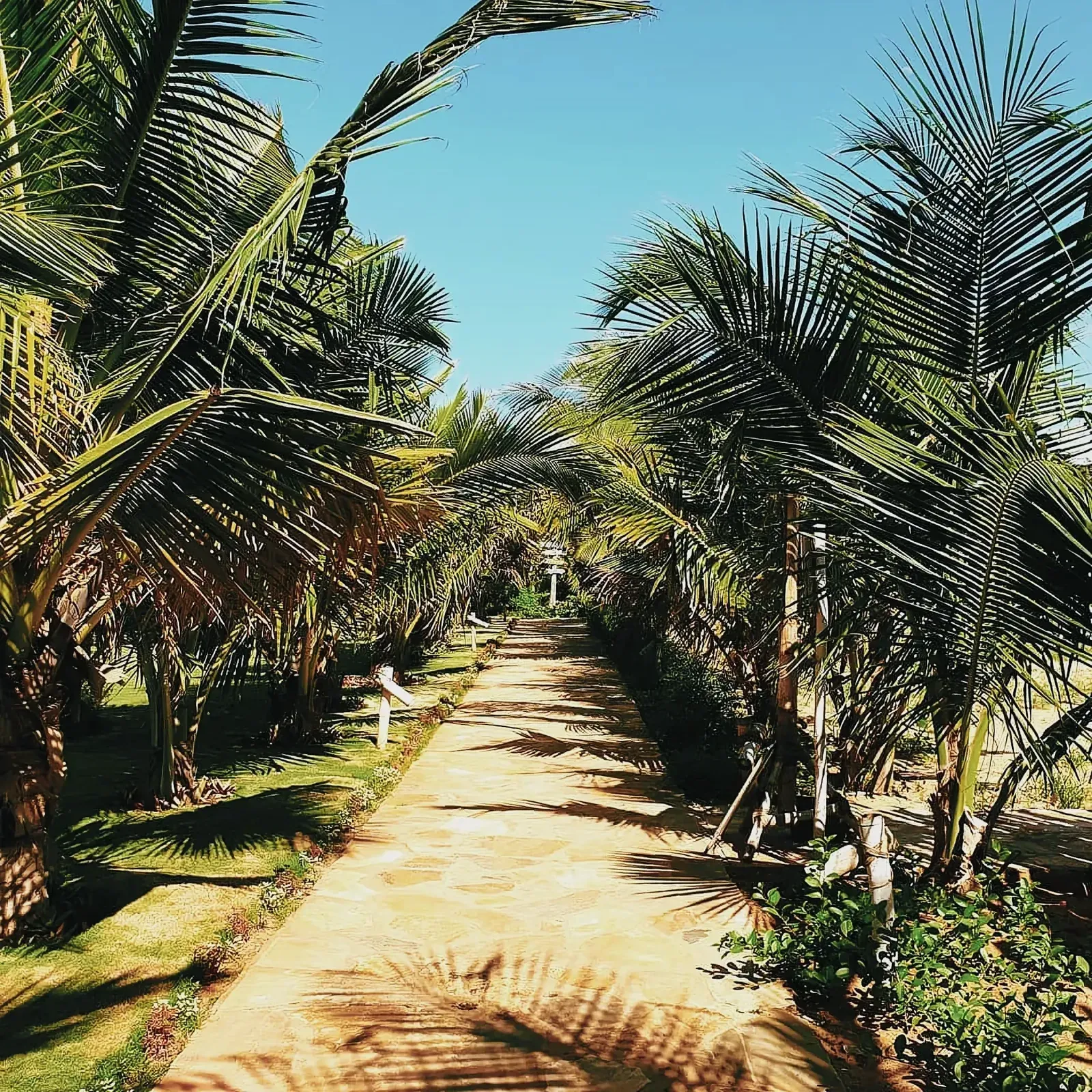

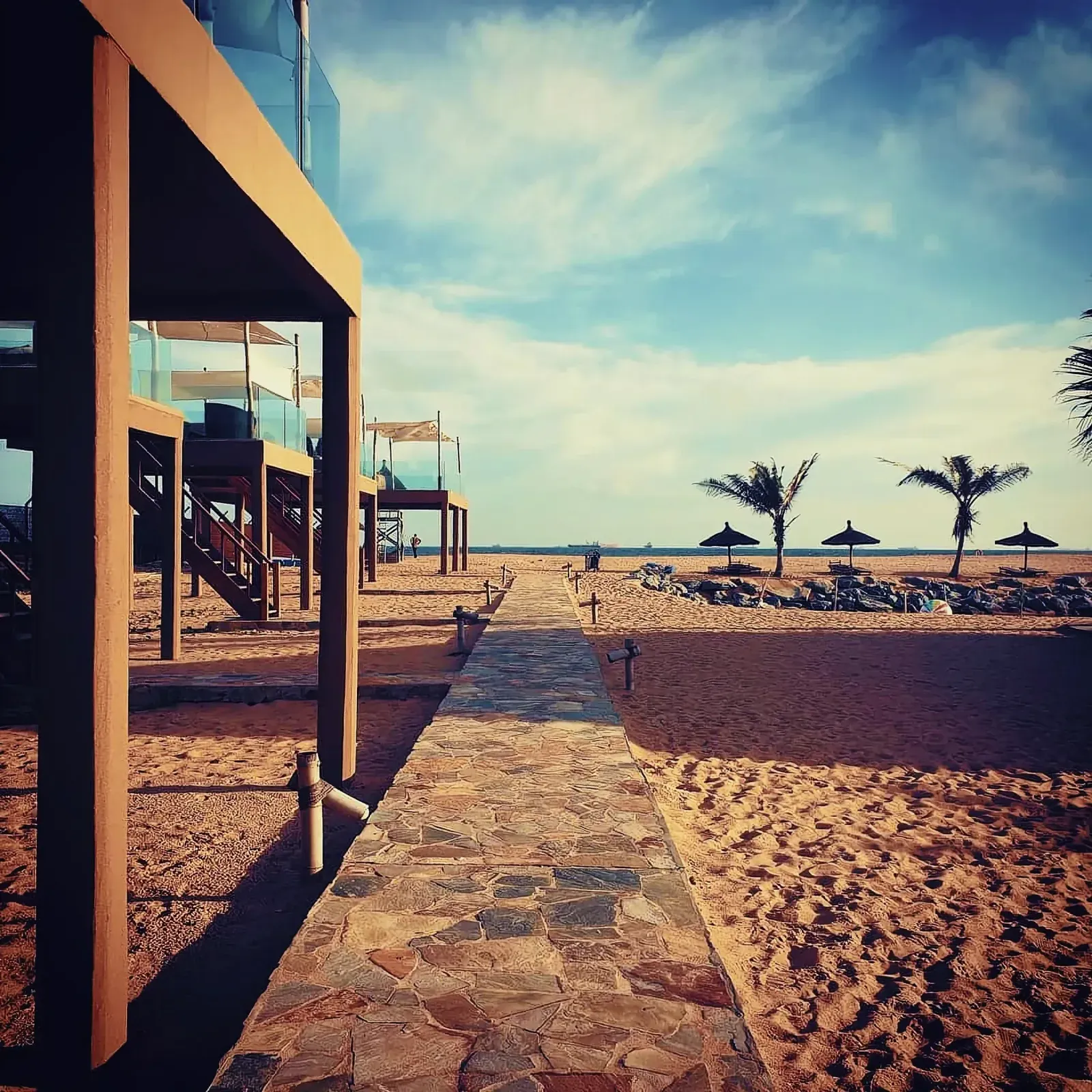
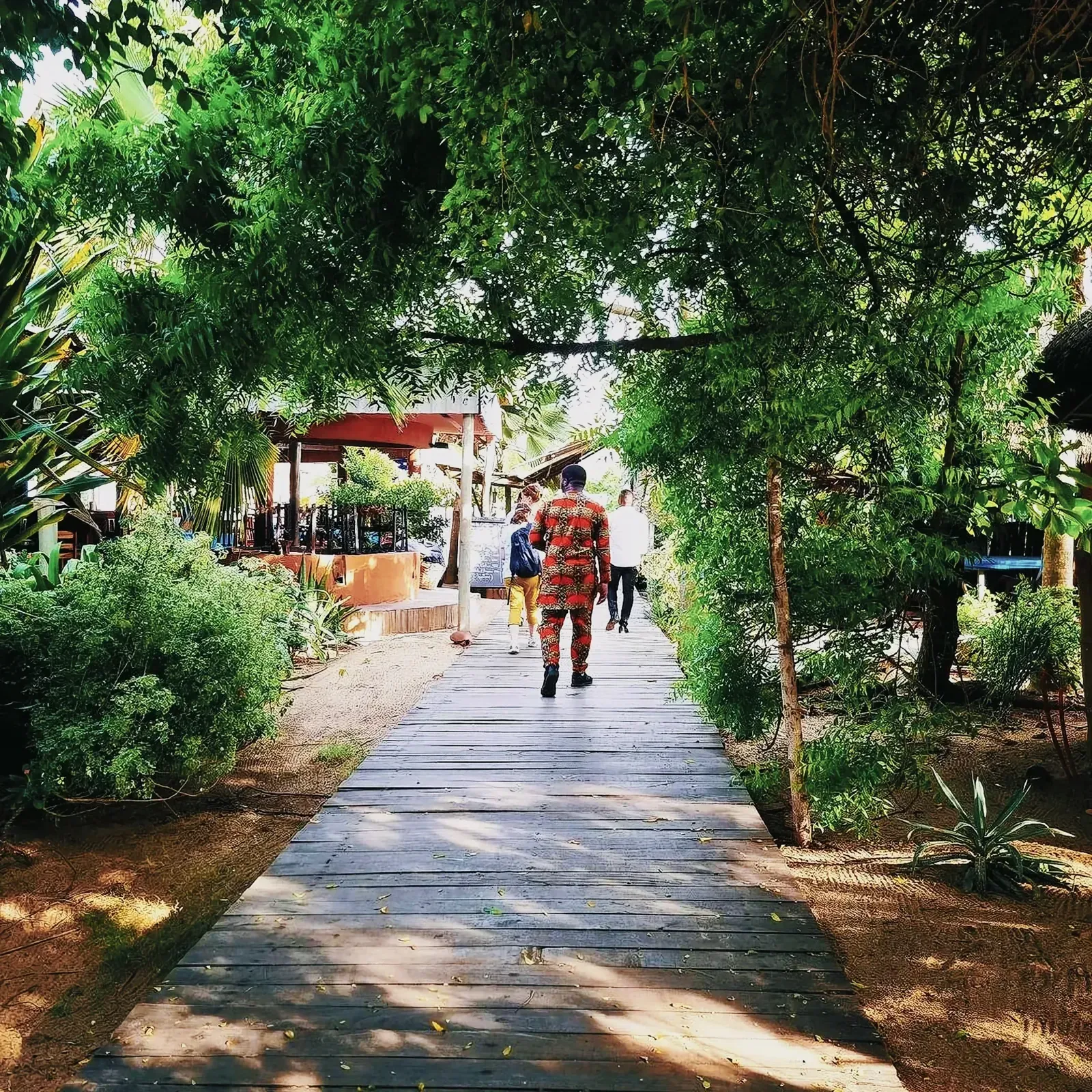
The southernmost region, also known as the breadbasket of Togo, offers a warm welcome with its 56km of Atlantic coastline, a slice of paradise that whispers the ancient tales of the sea, just like Cape Town’s famous beaches. The region’s most significant tourist draw is the vibrant capital, Lomé. It’s where I first tasted the real magic of Togo, secluded from the beaten path. Lomé, being a major port city, has a pulsating local market known for voodoo artifacts and intriguing Fetishes. And, of course, the enchanting beach is always near, though I recommend visiting with local folks due to hidden coastal hazards.
Plateaux
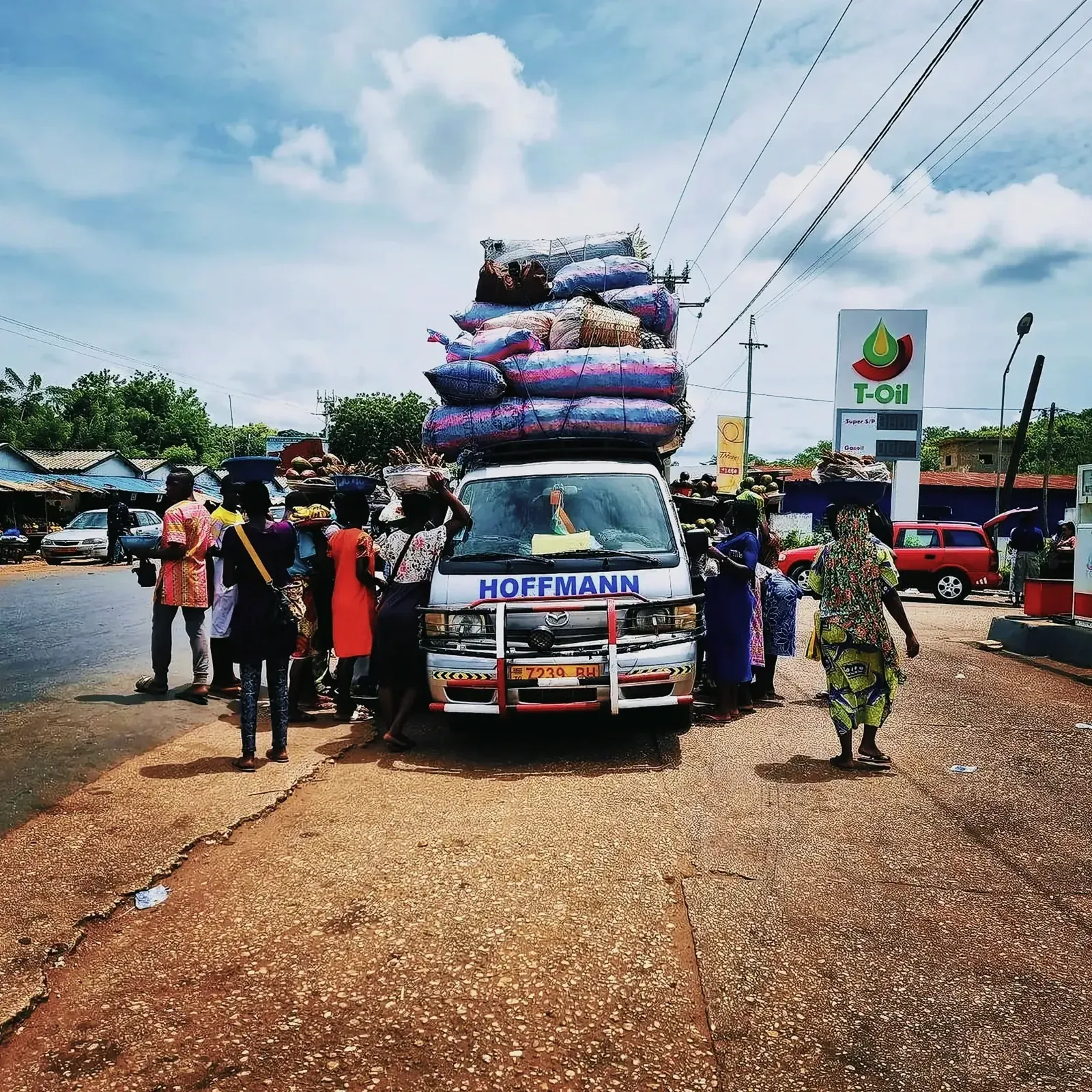
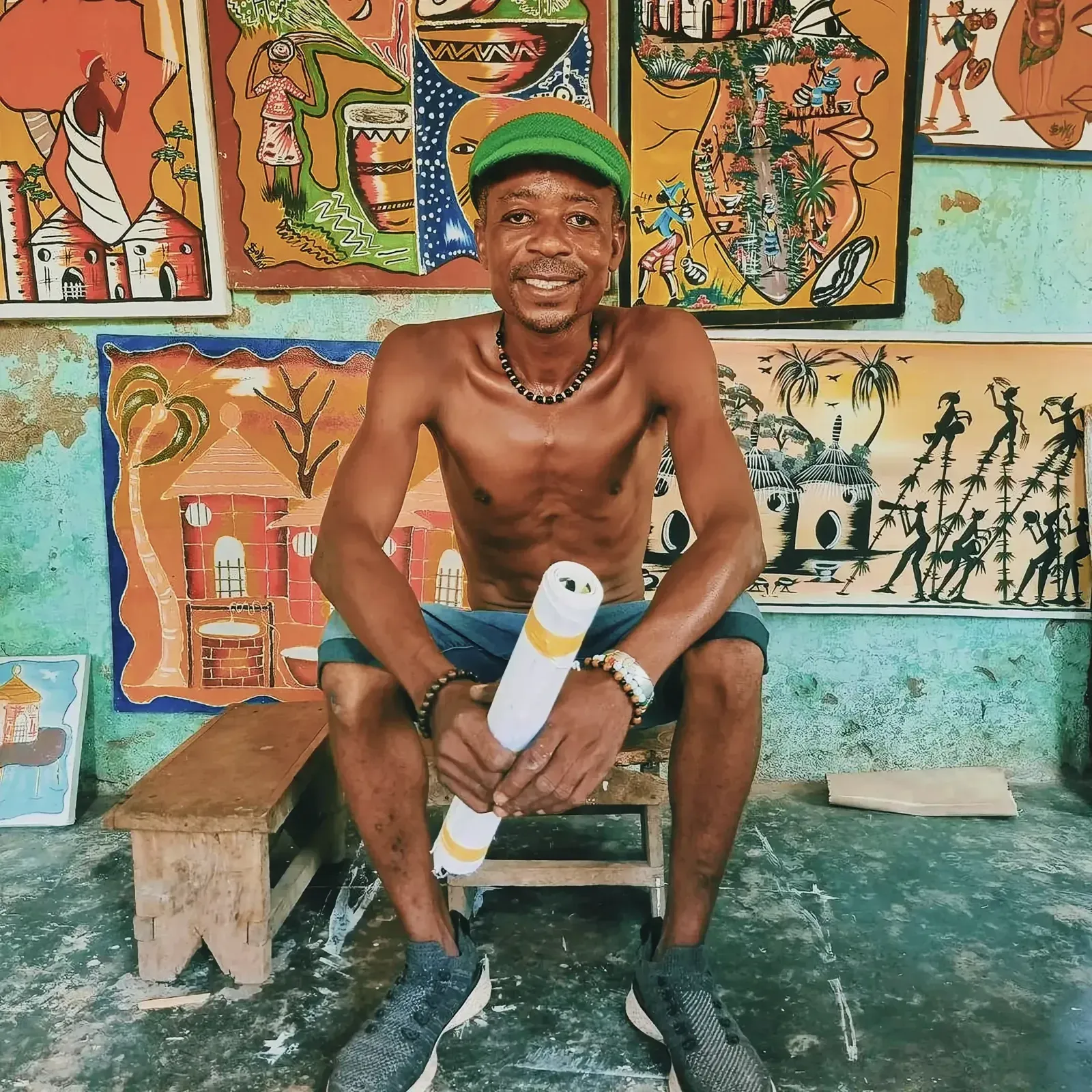
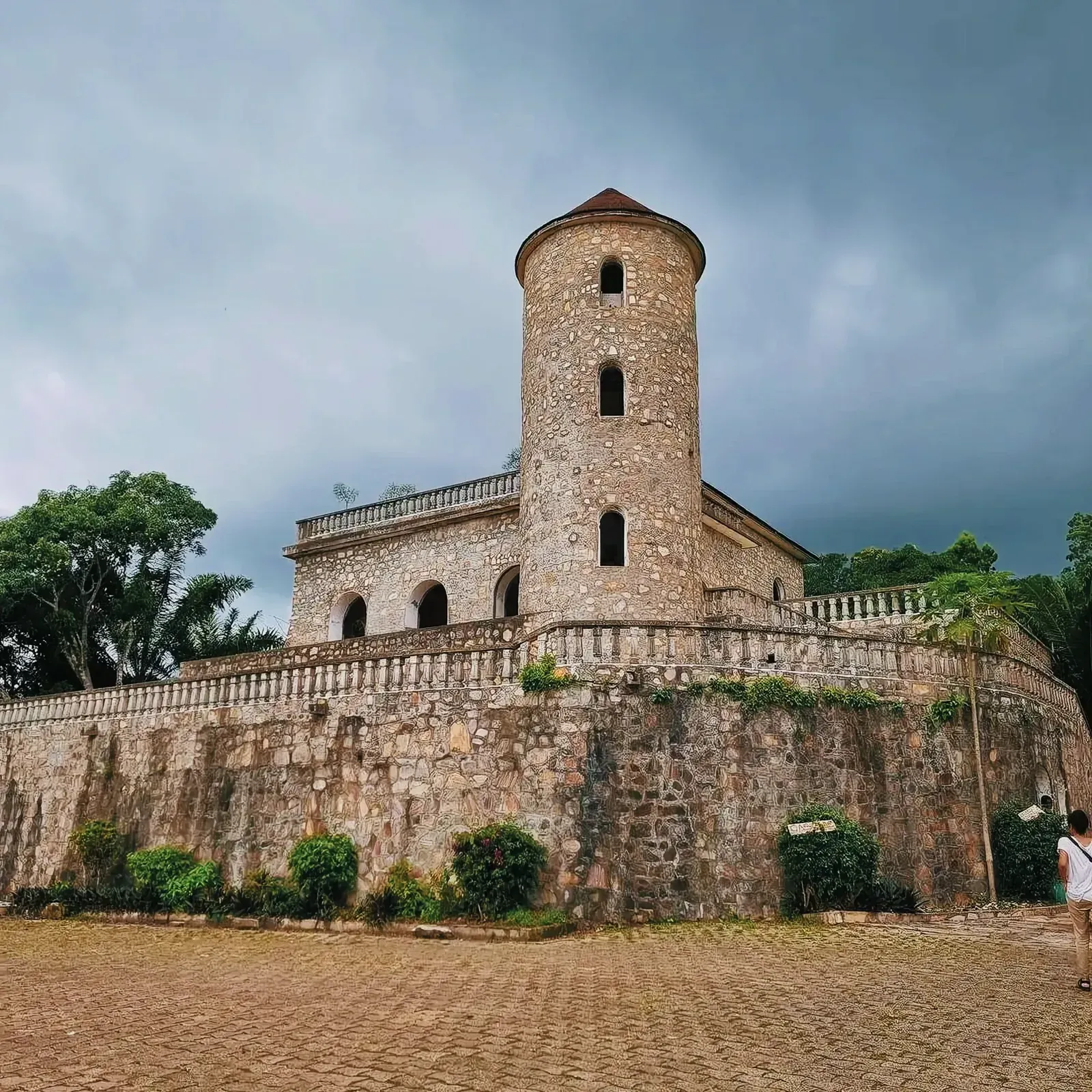
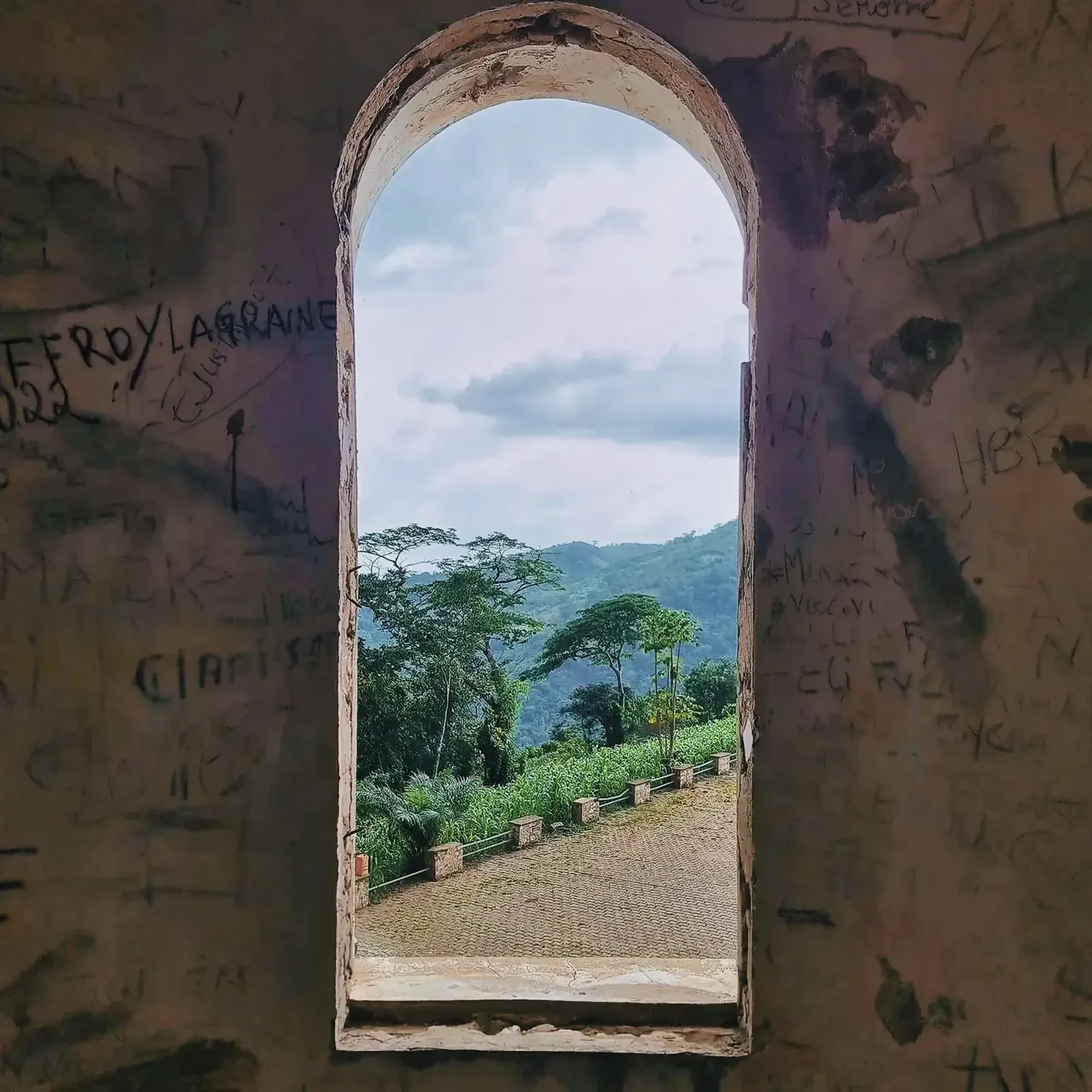
Venture a little north, and you’ll enter the Plateaux region, offering an enticing blend of lush landscapes and cultural heritage. A standout attraction here is the town of Notsé, built by the indigenous Ewe people in 1600 as a stronghold against displacement. The remnants of a massive 14.5km protective wall built by the ancient Ewe Chief still stand as a testament to the town’s rich history.
Centrale
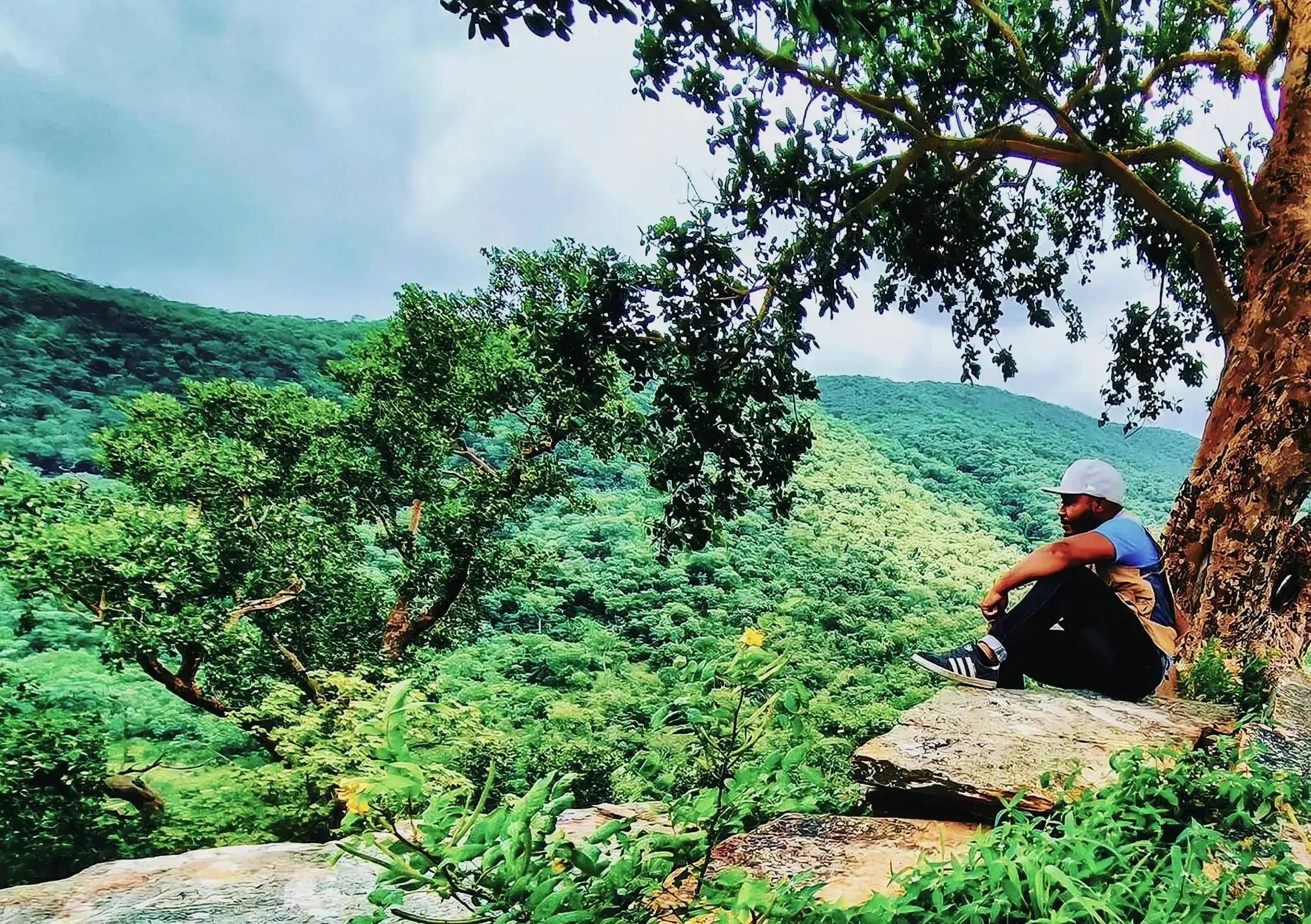

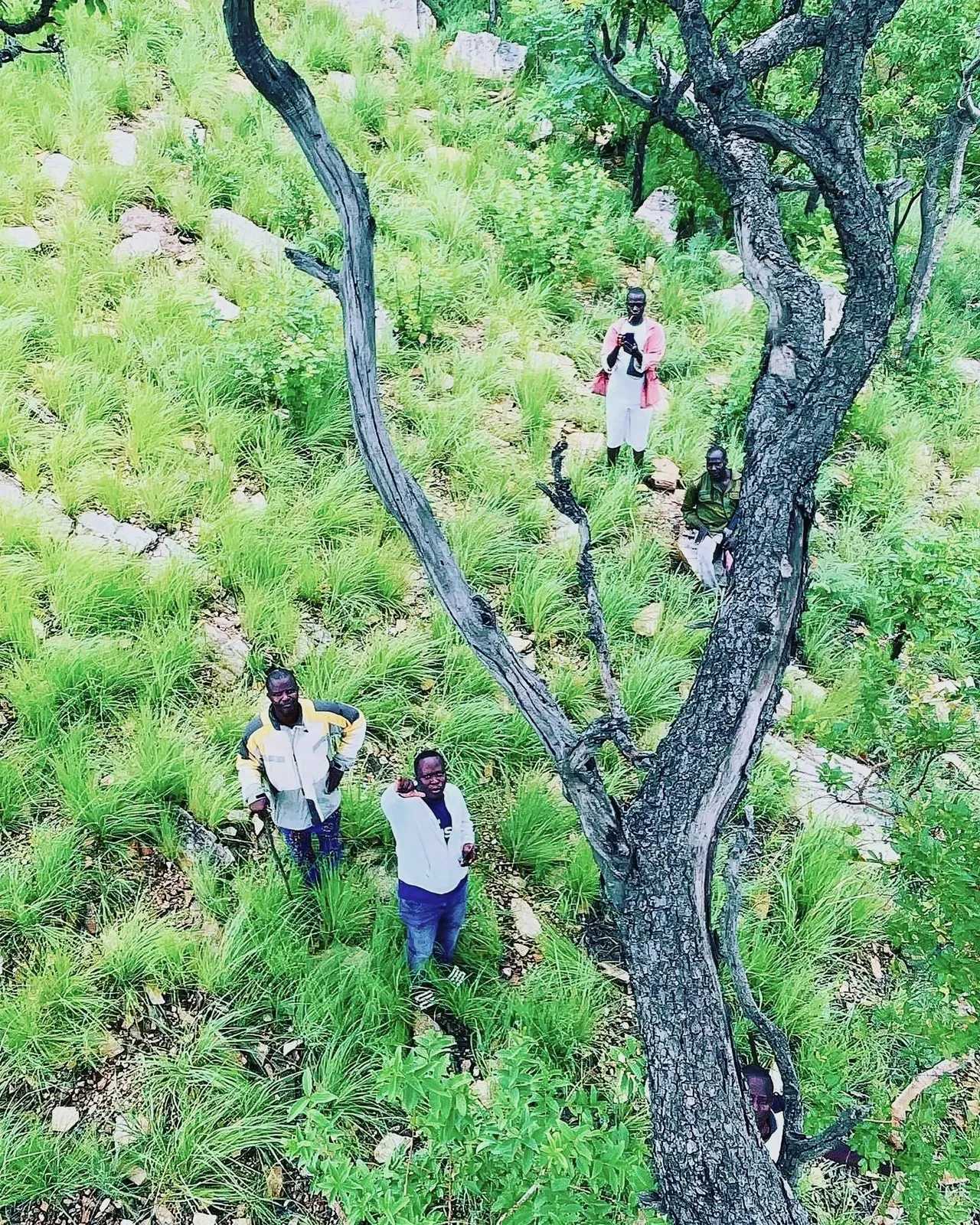
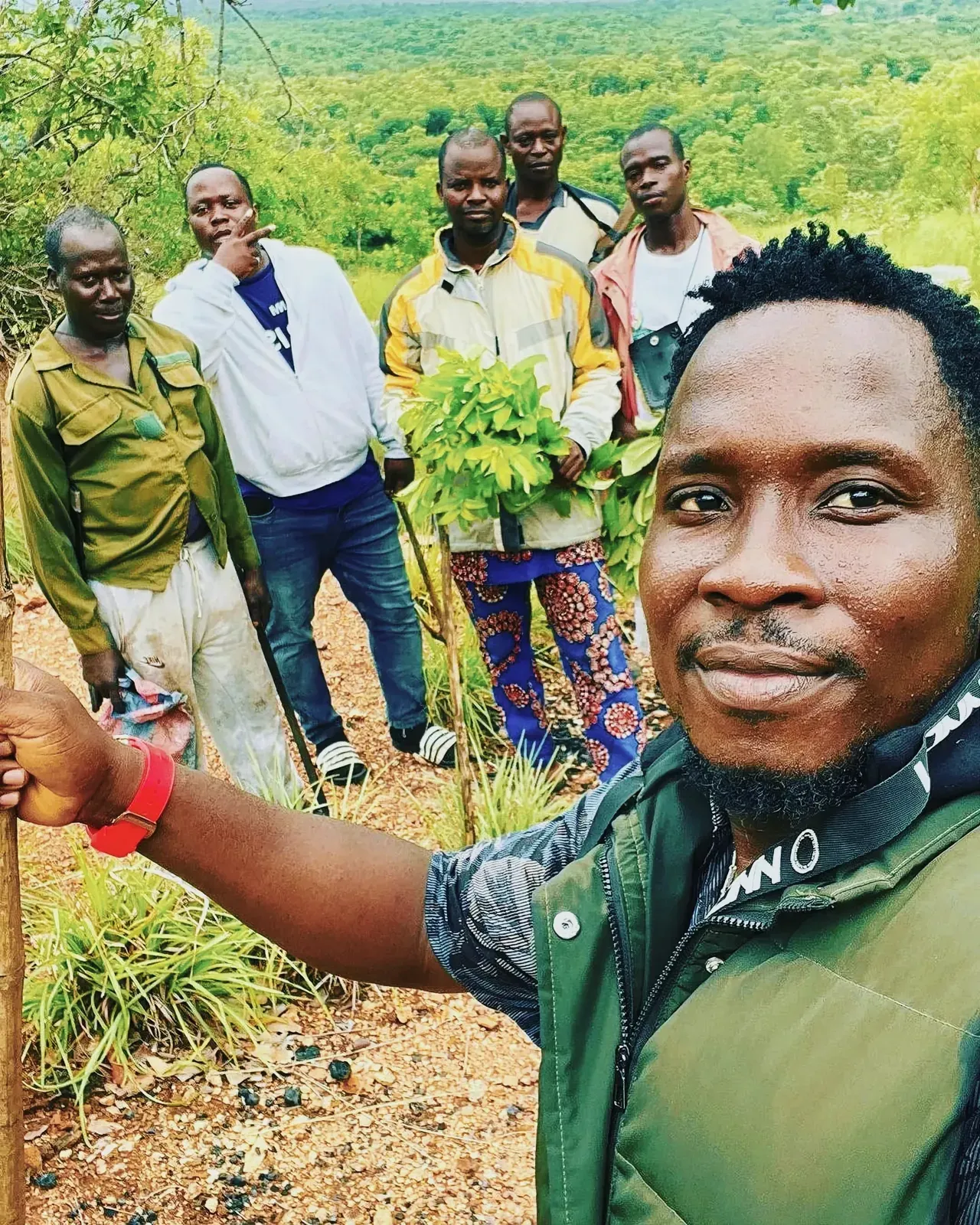
Moving further north, the Centrale region is home to Sokodé, the second-largest city in Togo and base for the Tem or Kotokoli people. I found the city to be a gateway to Fazao-Malfakassa National Park, where elephants, monkeys, and a diverse array of bird species roam the savannah grasslands. With minimal tourism in the park, visiting it felt like an exclusive safari experience.
Kara

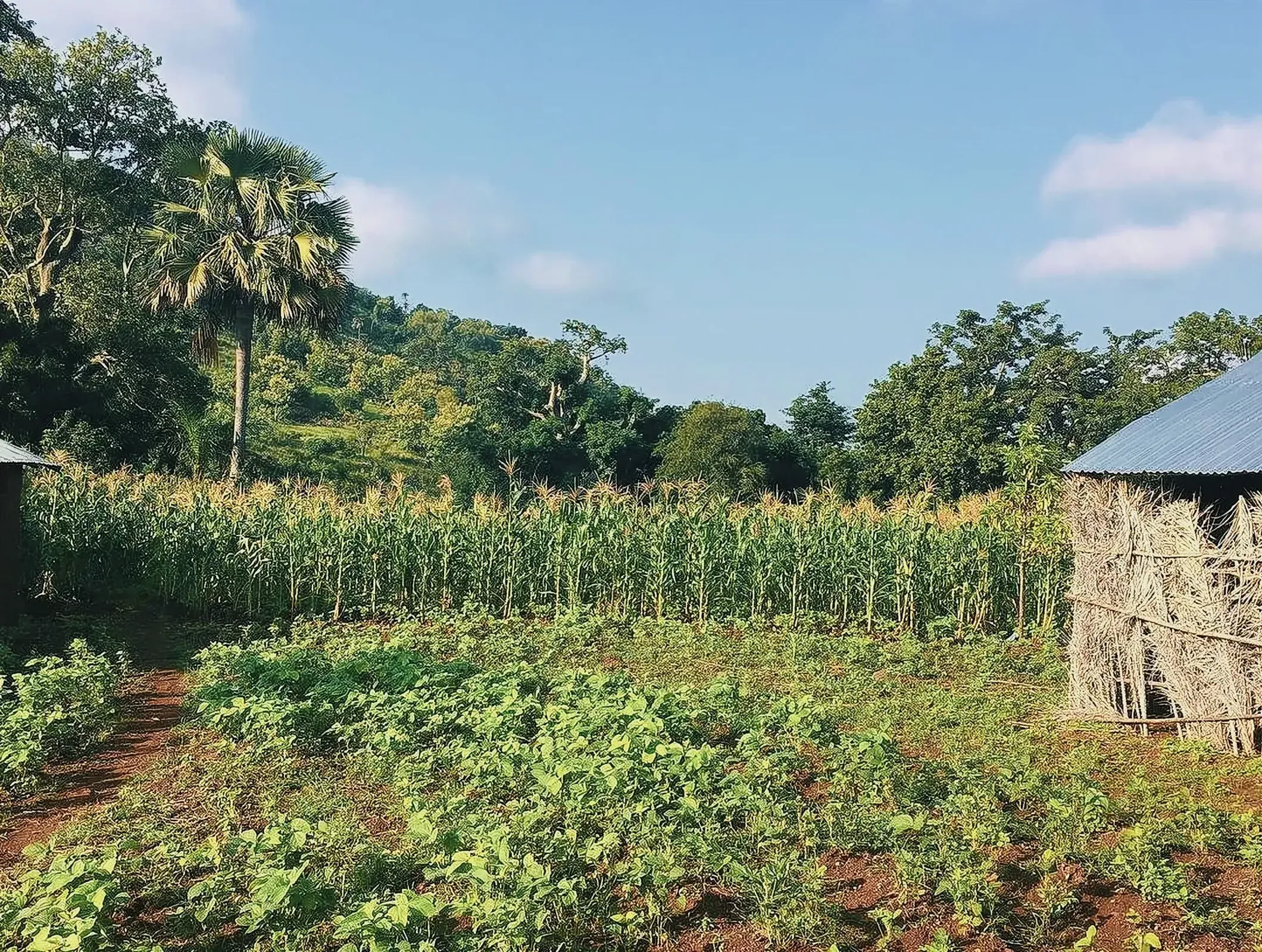
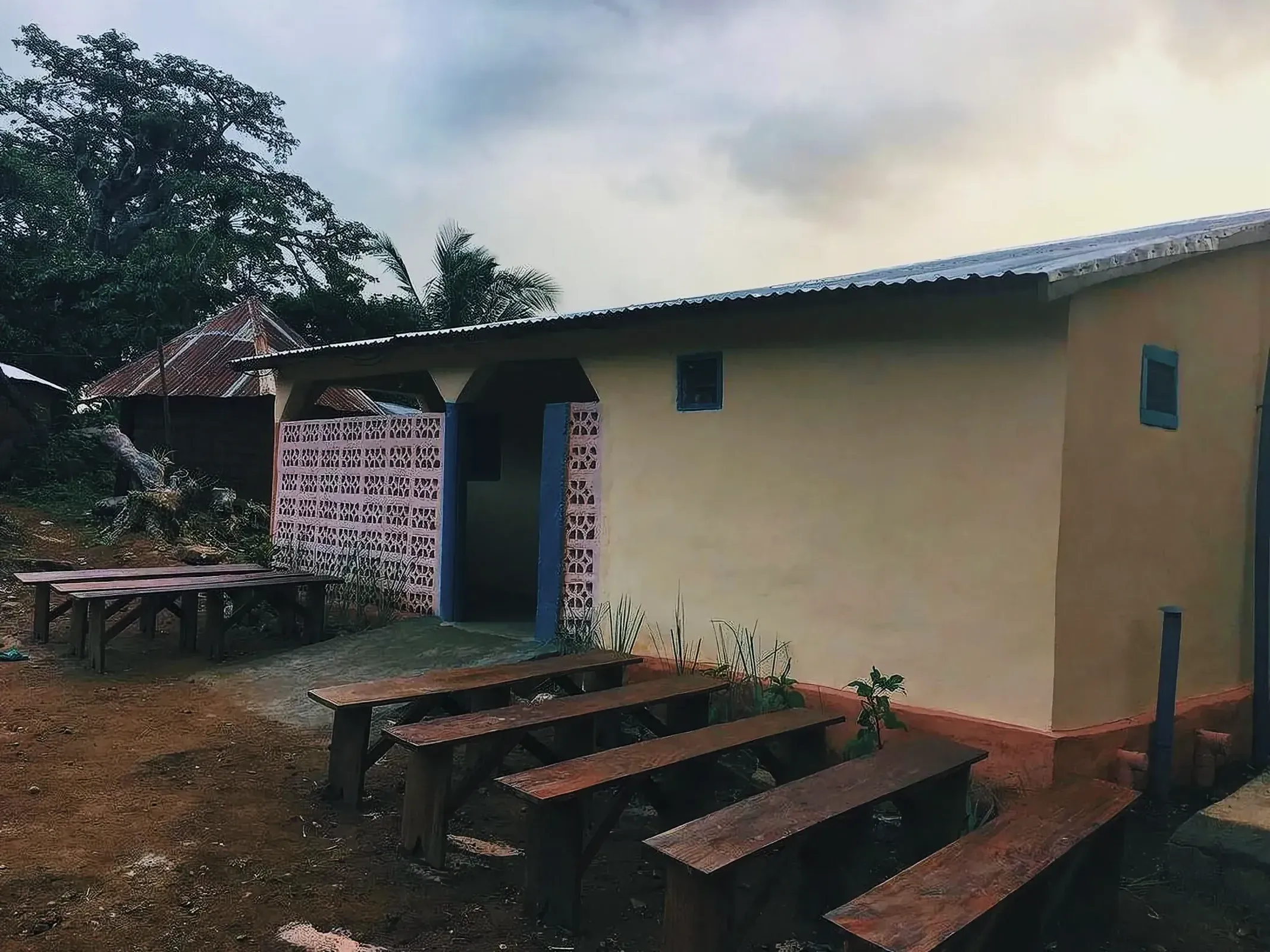
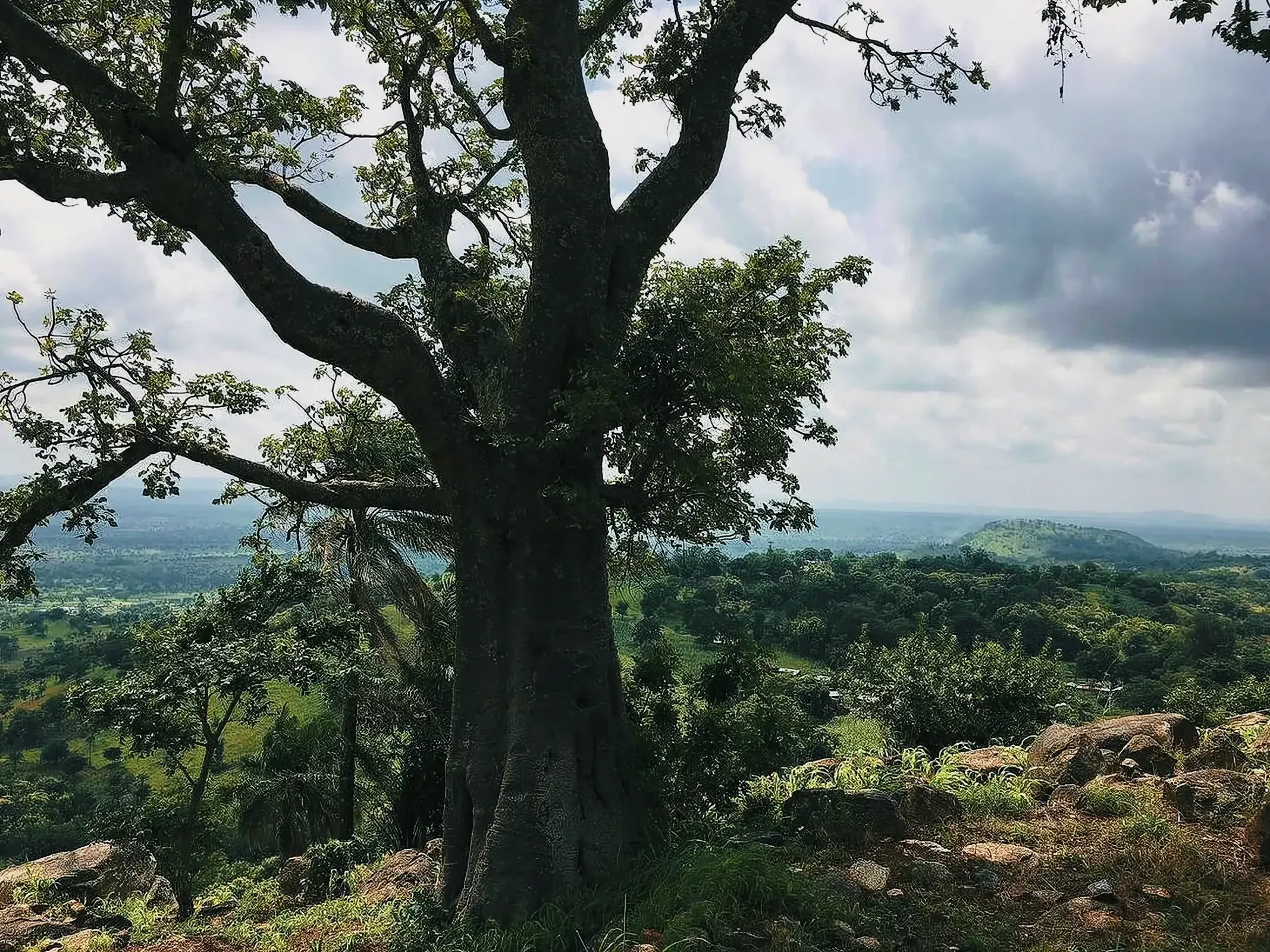
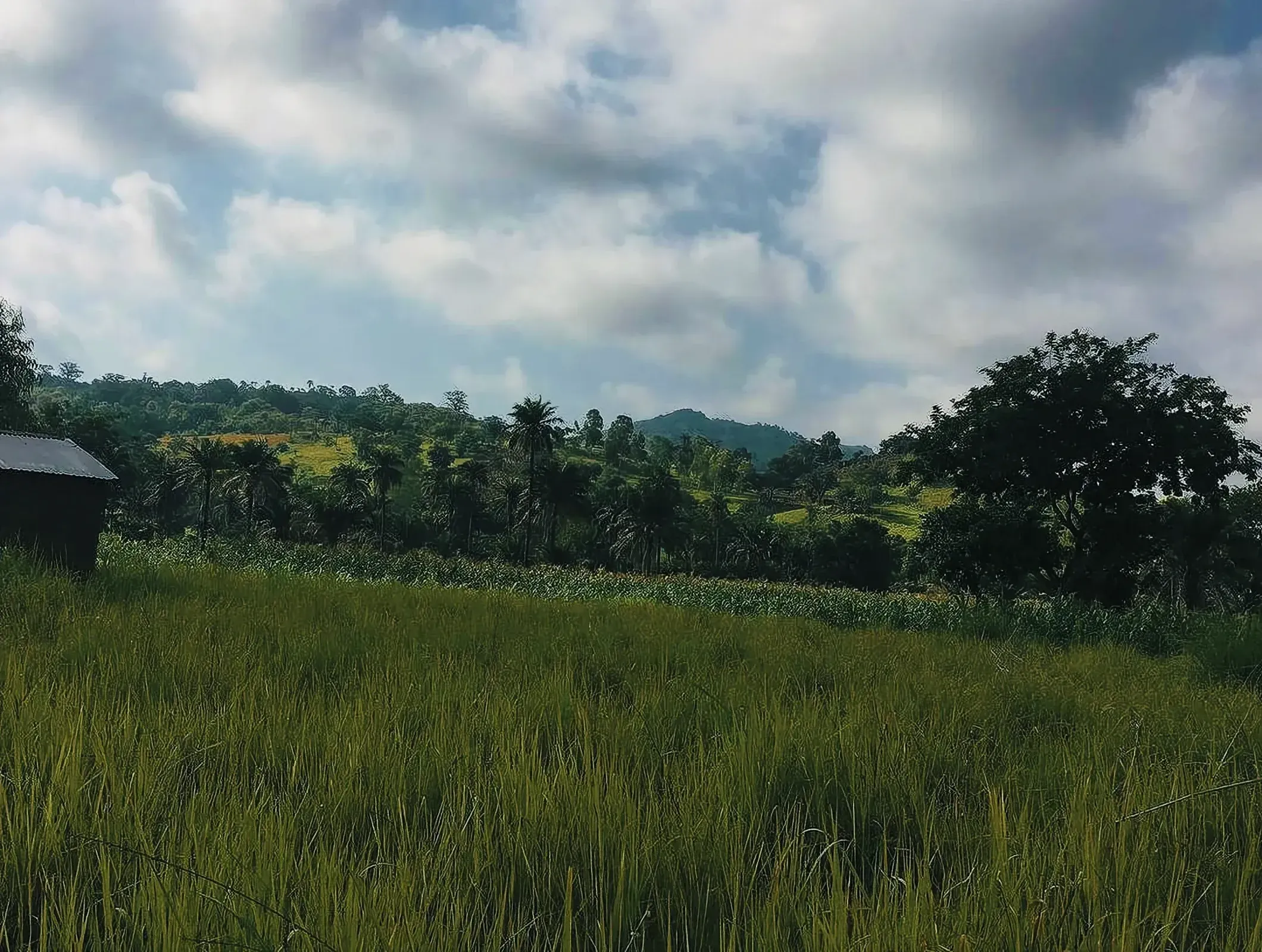
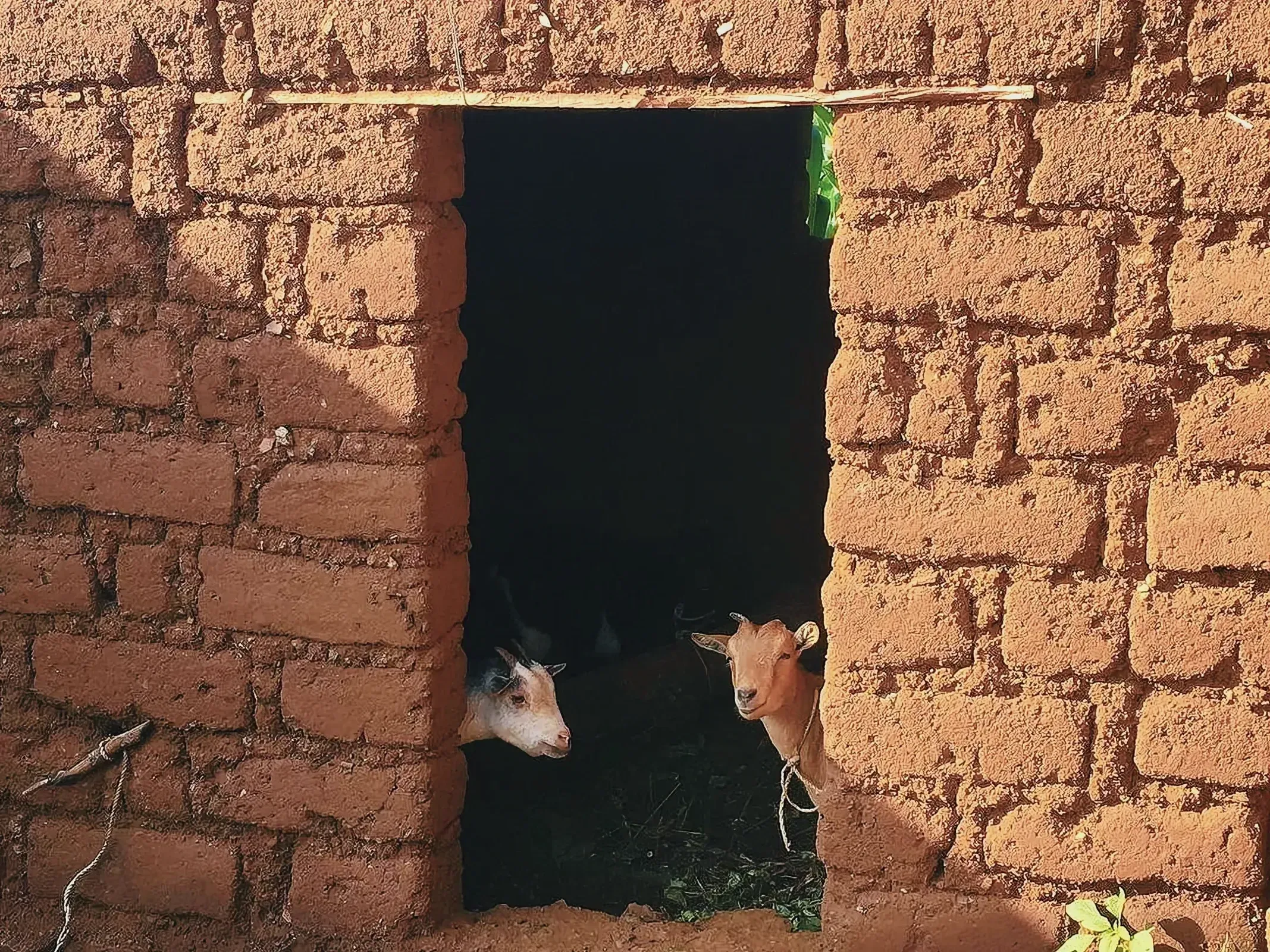
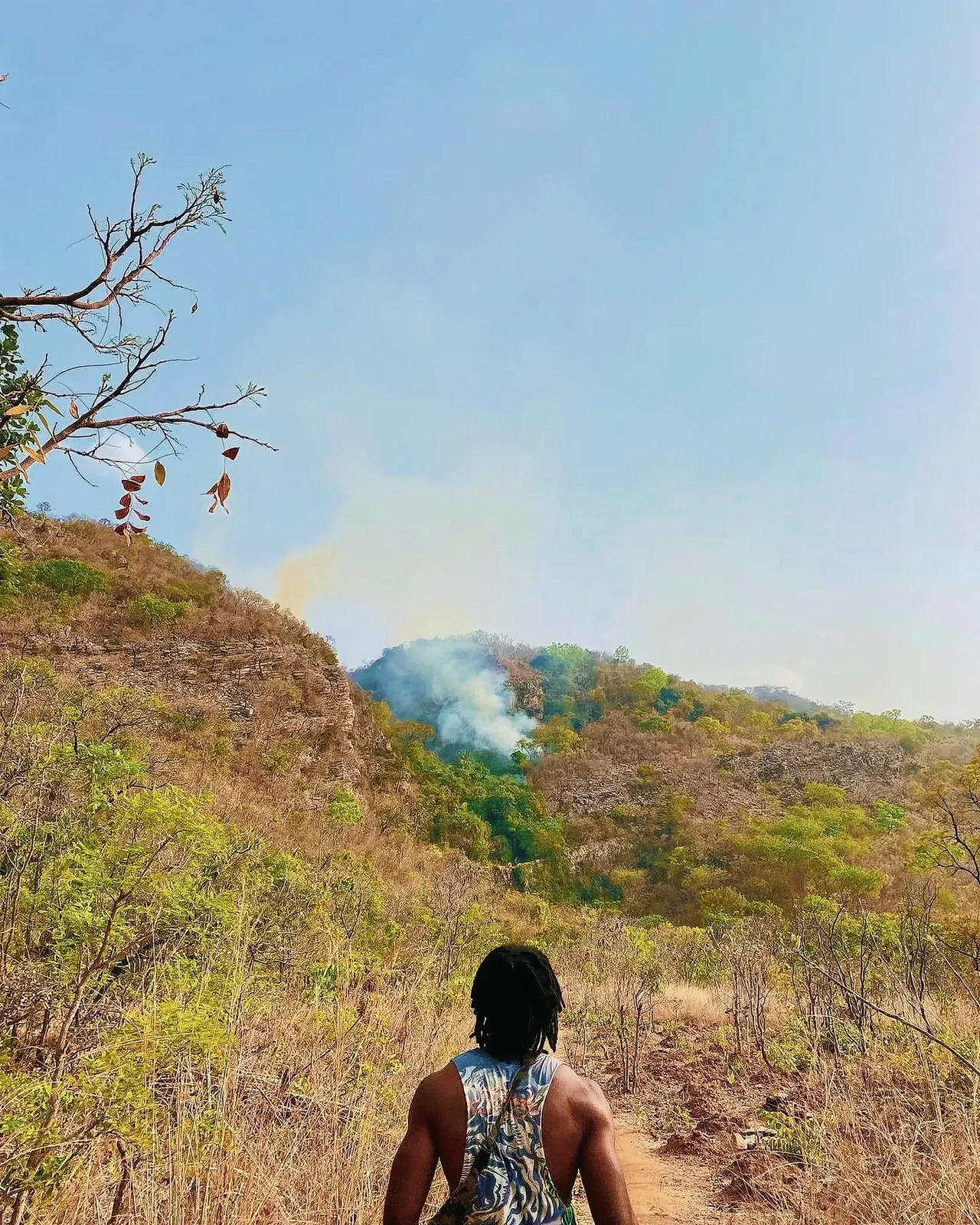
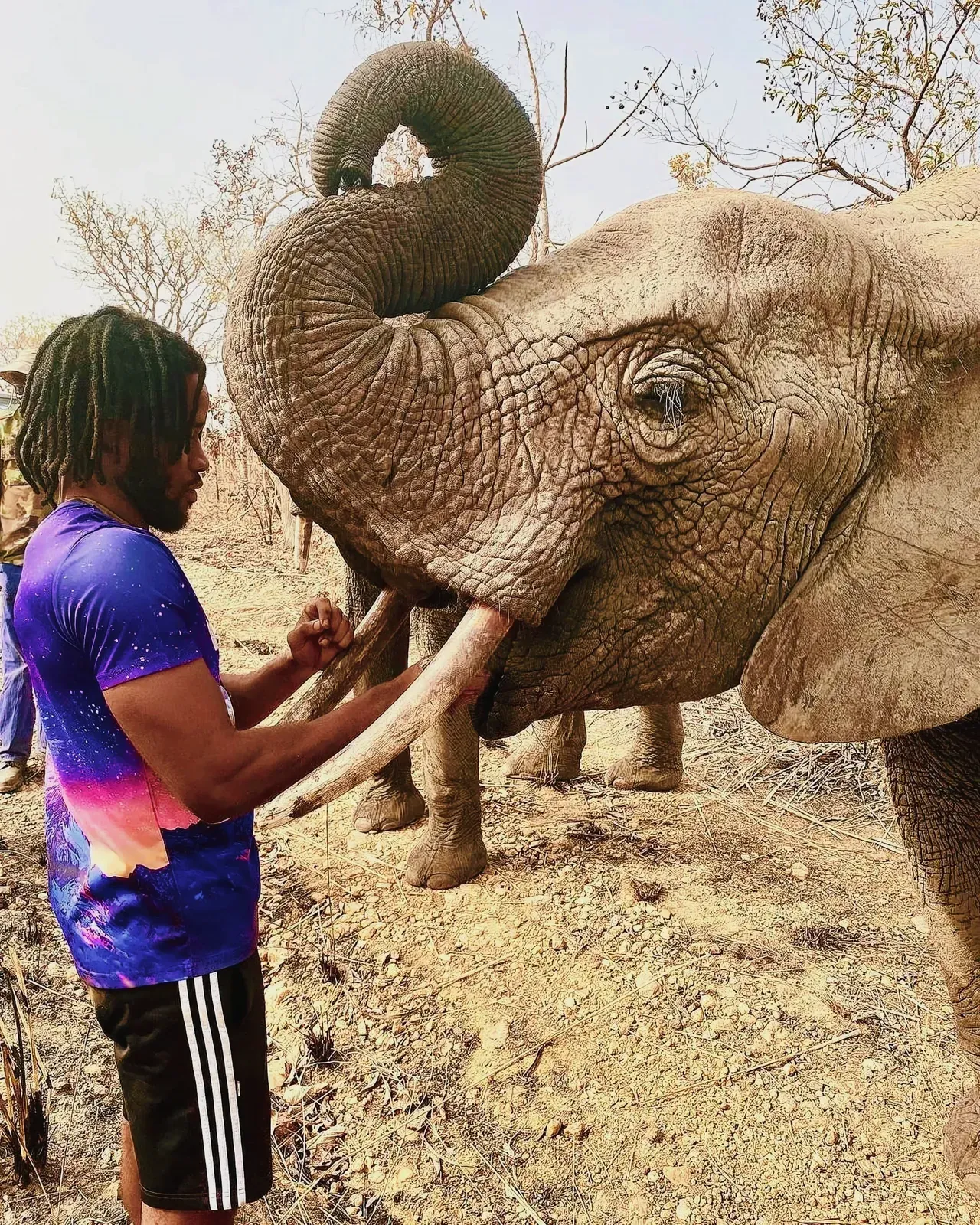
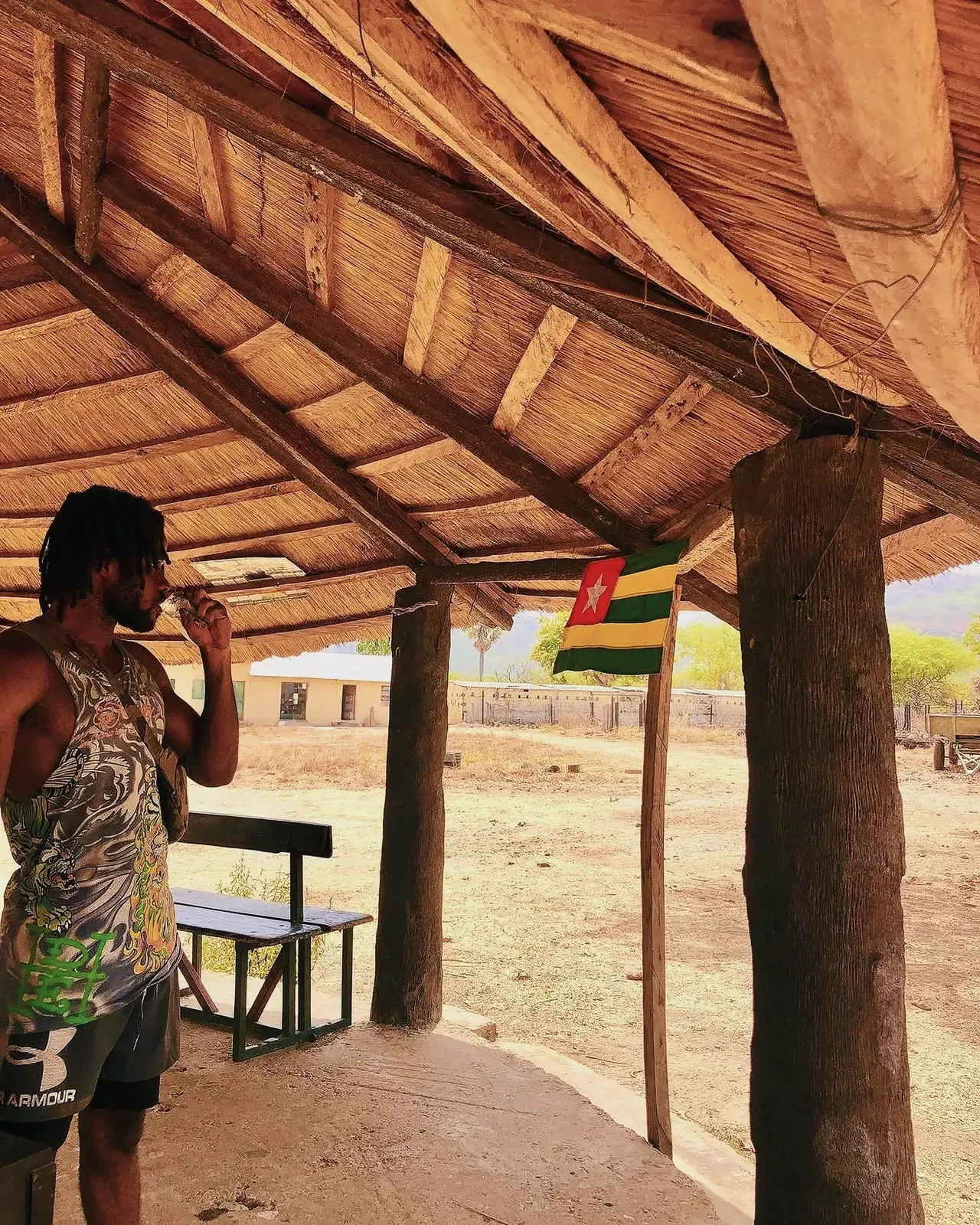

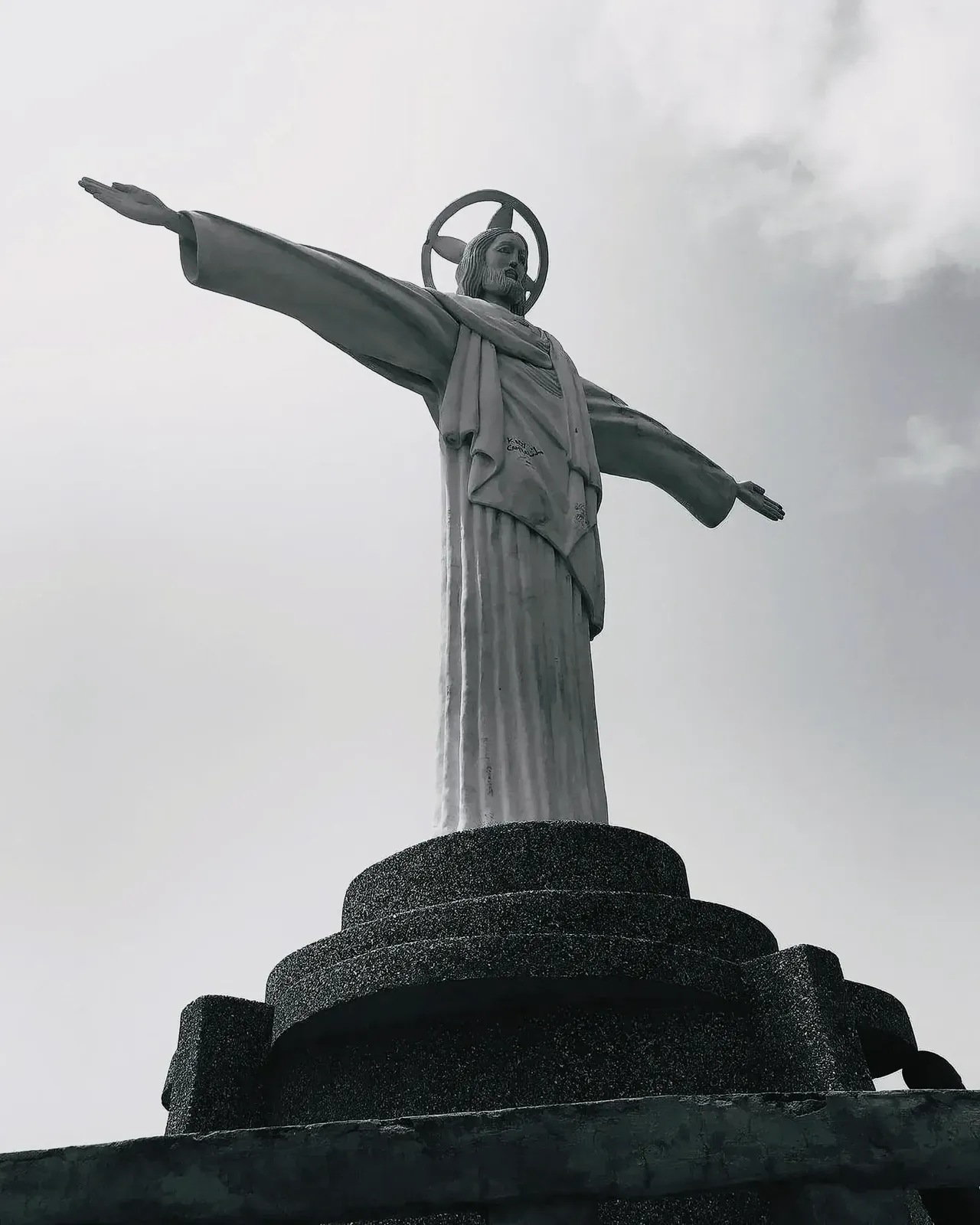
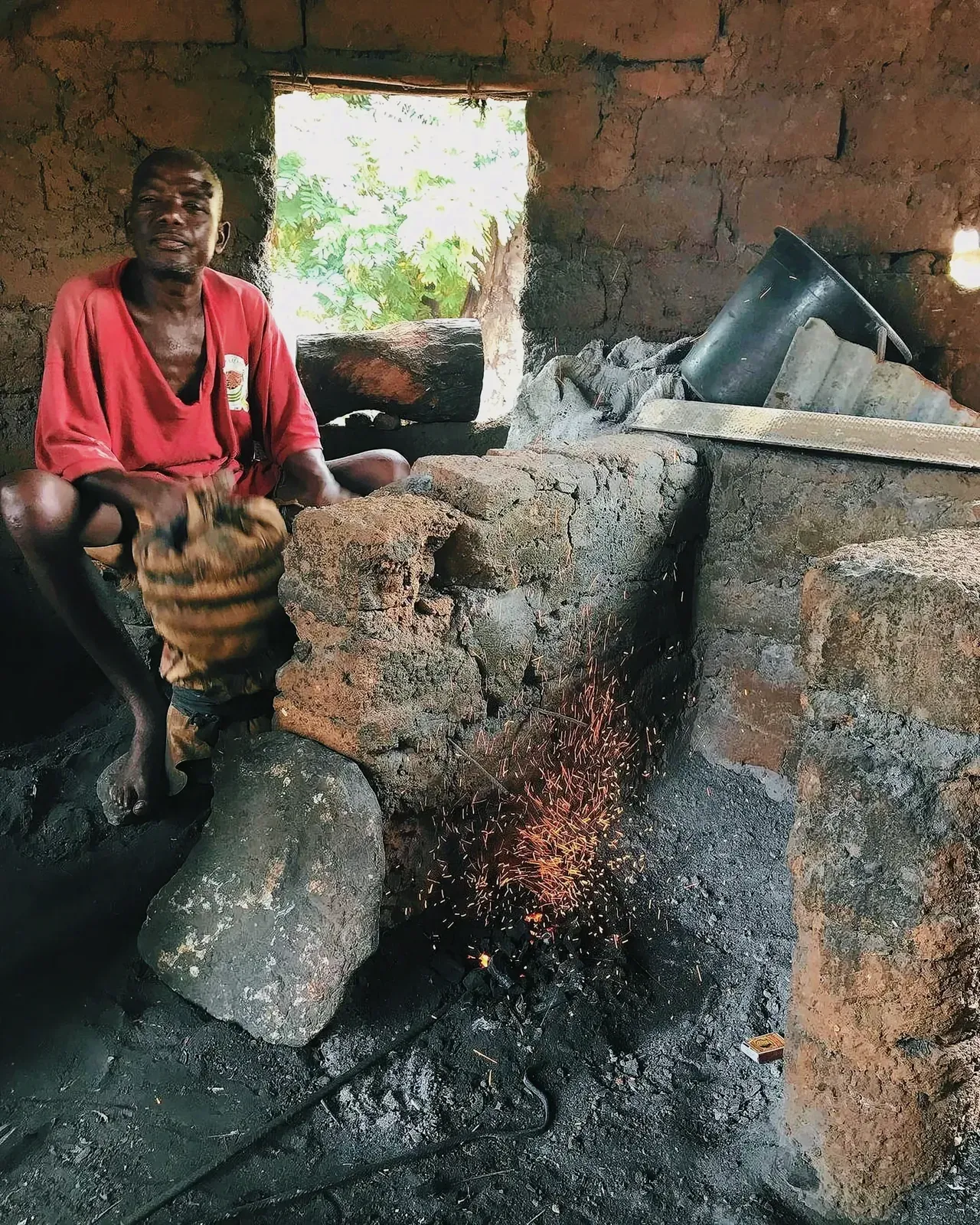
The Kara region, the birthplace of Northern Togo, presents a fascinating mix of culture and nature. The highlight for me was the Kaby Mountains, also known as Massif Kabye. Traditional villages, made up of ‘soukala’ or rings of beautifully crafted round huts, dot the landscape here. I was amazed by the skillful artisans I met, from weavers to ironworkers and basket makers. Don’t miss the market at Ketao for some unique souvenirs.
Savanes
Last but not least, the Savanes region in the far north is Togo’s final frontier. Here, I felt like I had ventured into a different realm, where traditional norms still held sway. I was captivated by the UNESCO World Heritage Site, Koutammakou, a traditional settlement that encapsulates Togo’s living culture. I found the mud houses, known as takienta, more akin to forts than simple dwellings.
Key Travel Destinations
Togo has a wealth of attractions for any traveler, from the bustling capital of Lomé to the tranquil shores of Lake Togo. Here are some must-visit destinations that showcase this West African jewel’s rich culture, history, and natural beauty.
Kara & Kaby Mountains
Located in northern Togo, Kara is the gateway to the stunning Kaby Mountains. This region is home to many traditional villages where the Kabiye people, renowned for their pottery, weaving, and ironworks skills, still live in beautifully crafted round huts known as soukalas. The market in Ketao is a great place to explore the local culture and buy some unique souvenirs.
Koutammakou
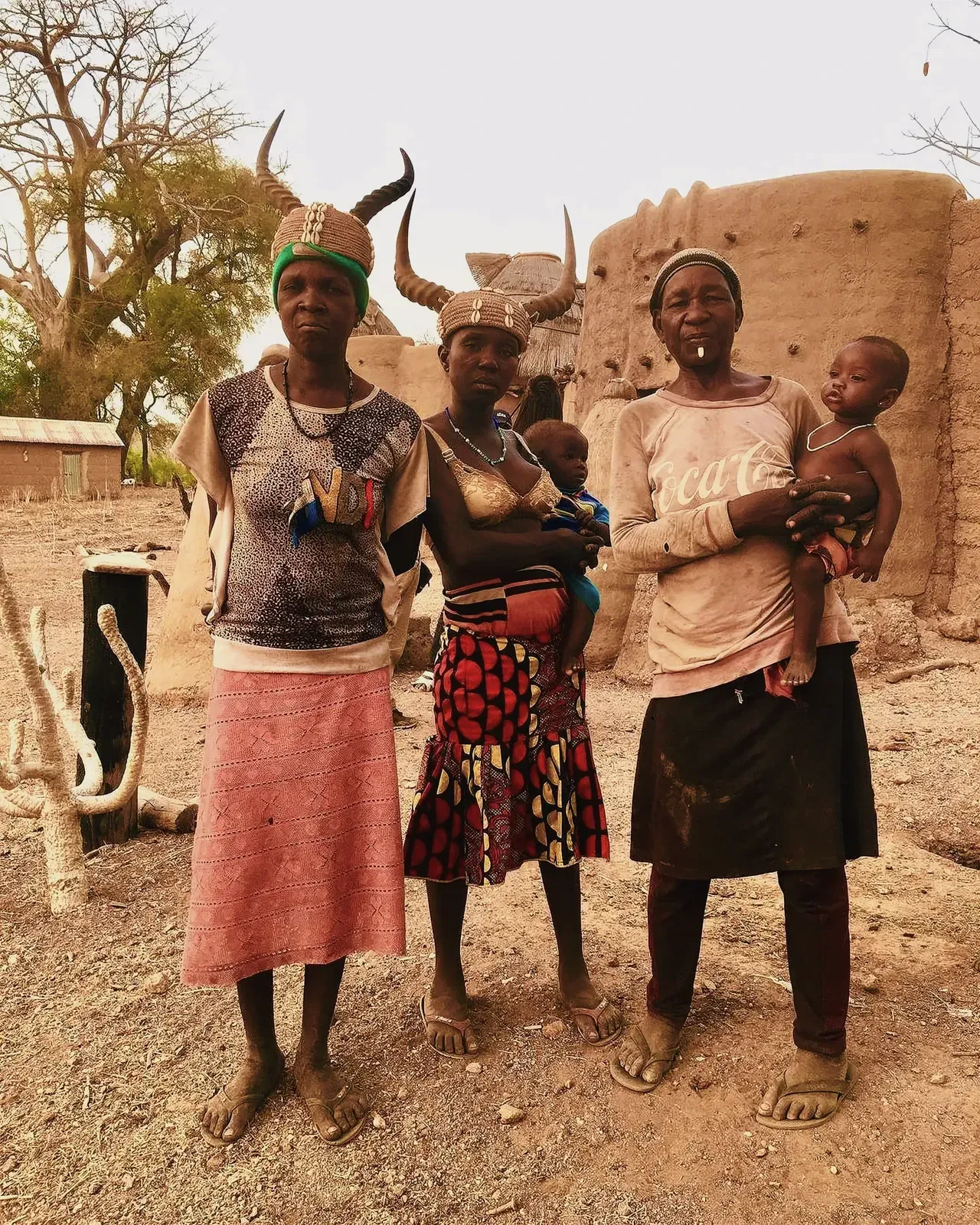
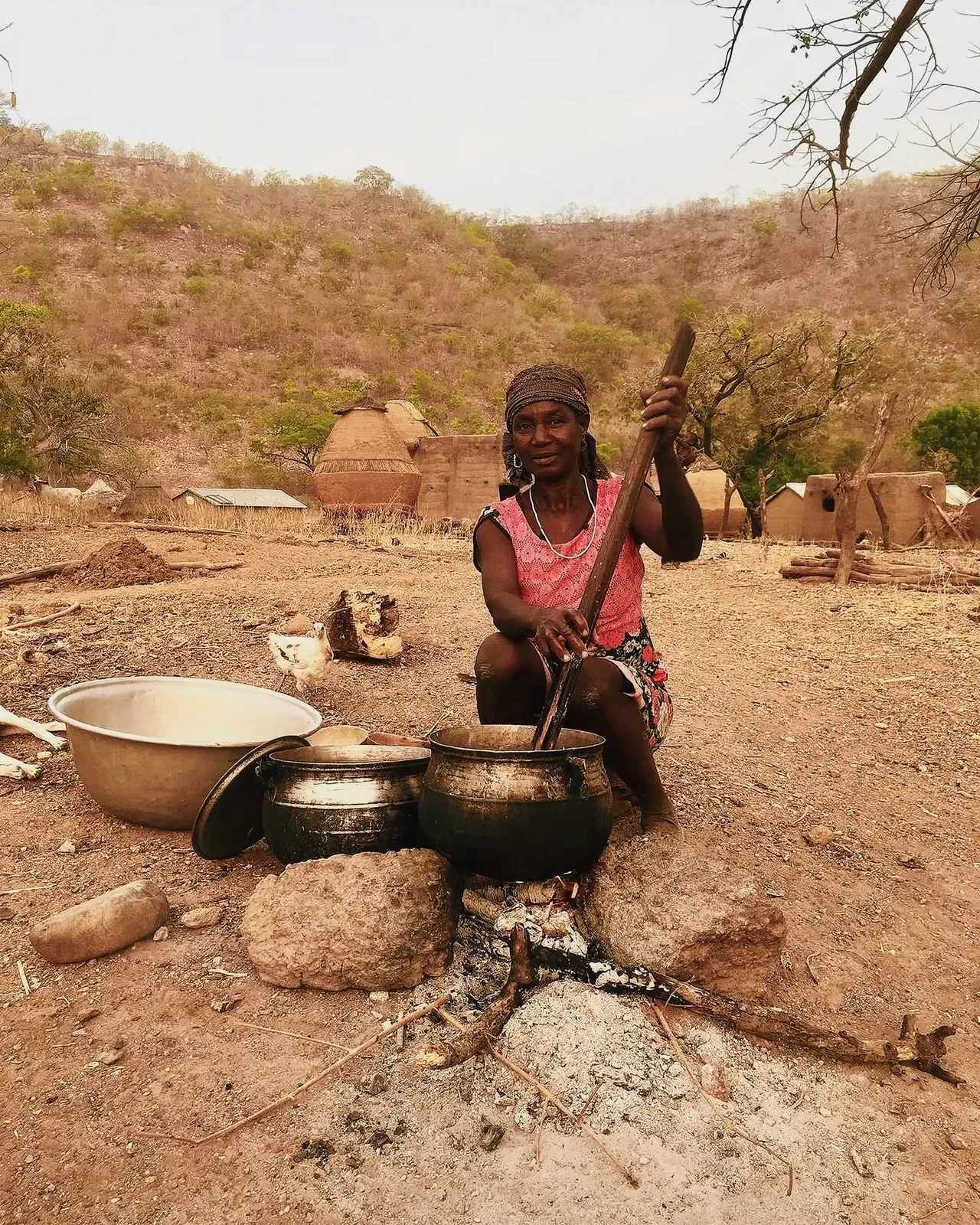
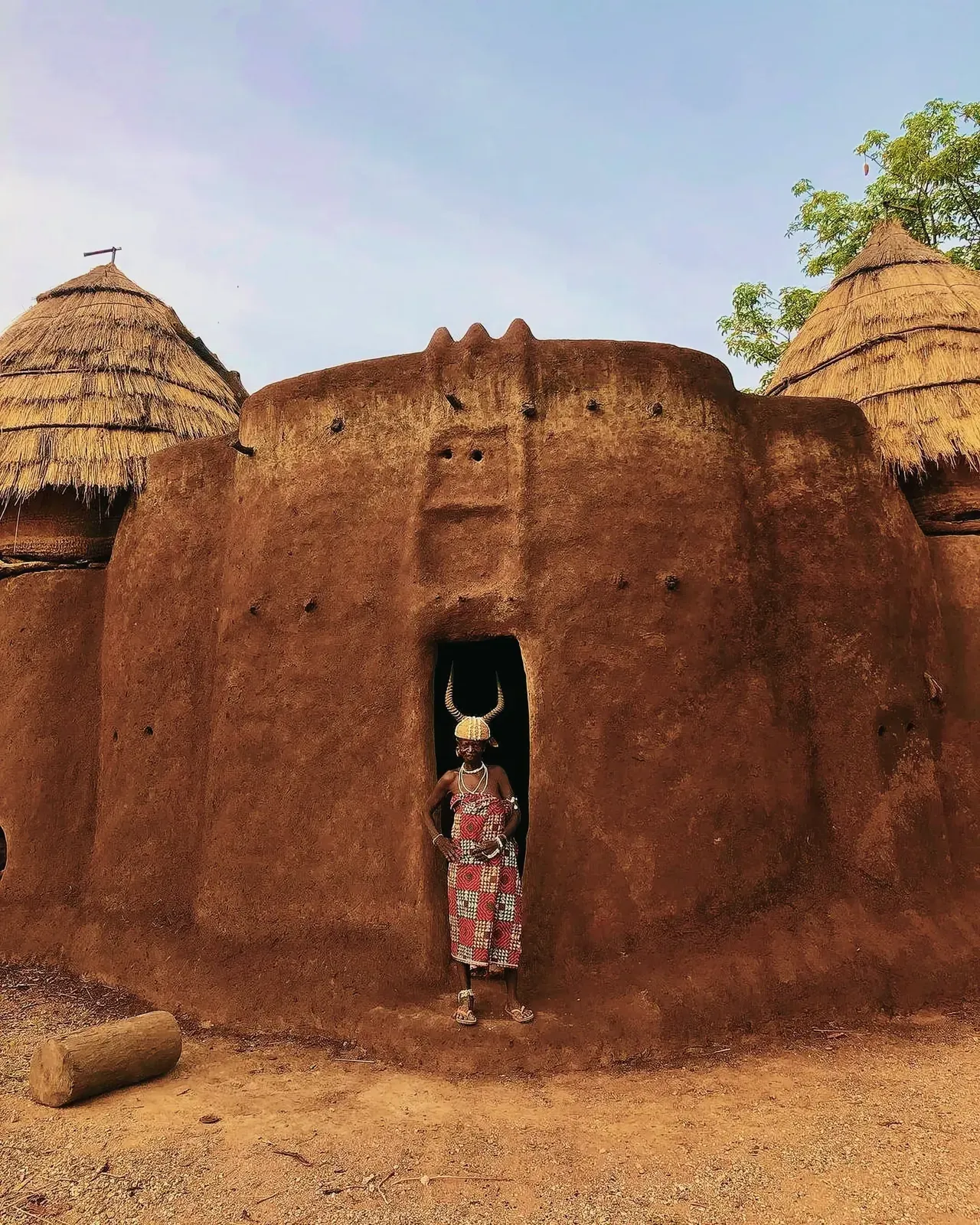
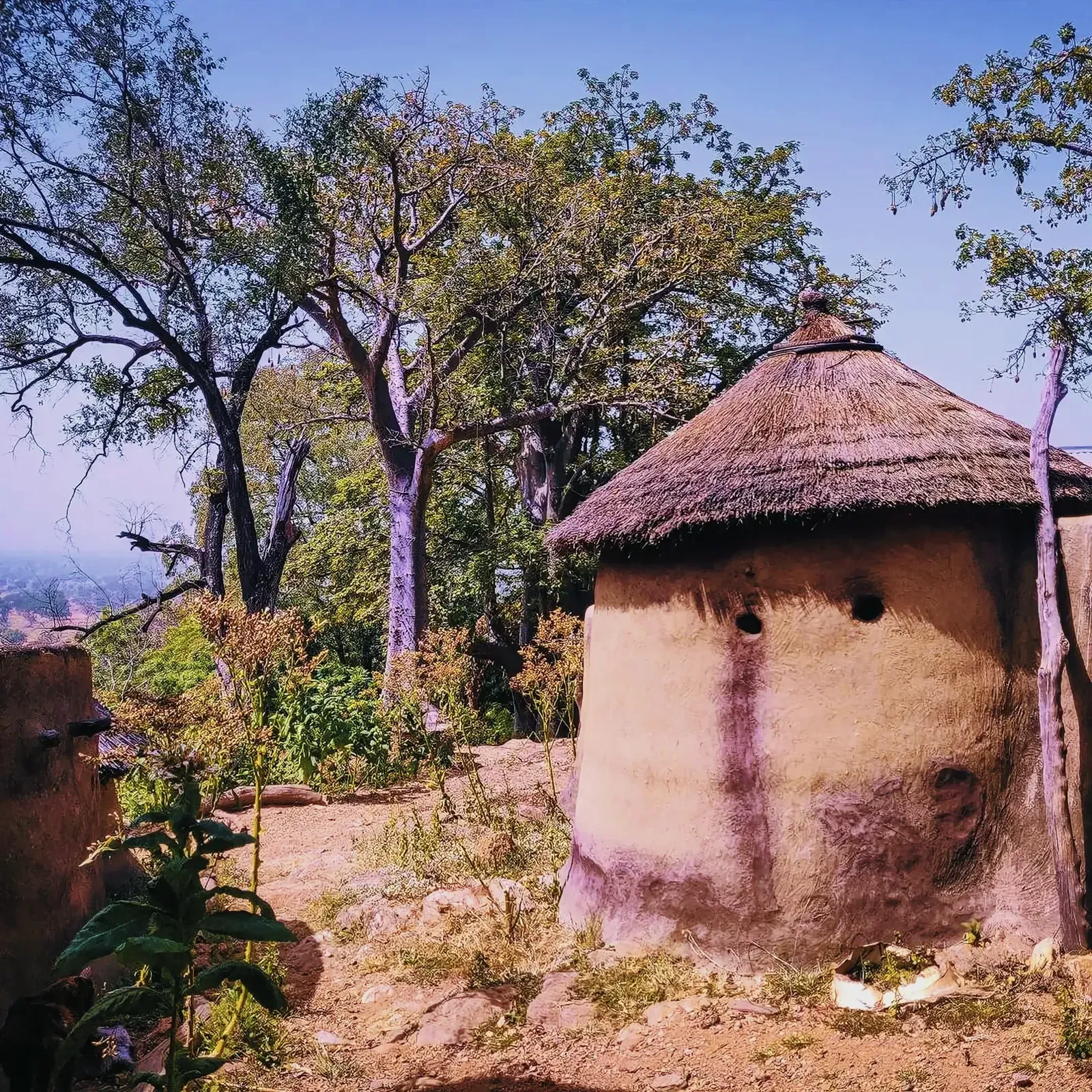
Koutammakou, a UNESCO World Heritage Site, is a must-visit for anyone interested in traditional architecture. Here, the Batammariba people built their unique _takienta_ mud houses in the 17th century to defend against slave traders. These fortress-like dwellings are still used today, offering a glimpse into Togo’s heritage.
Lake Togo
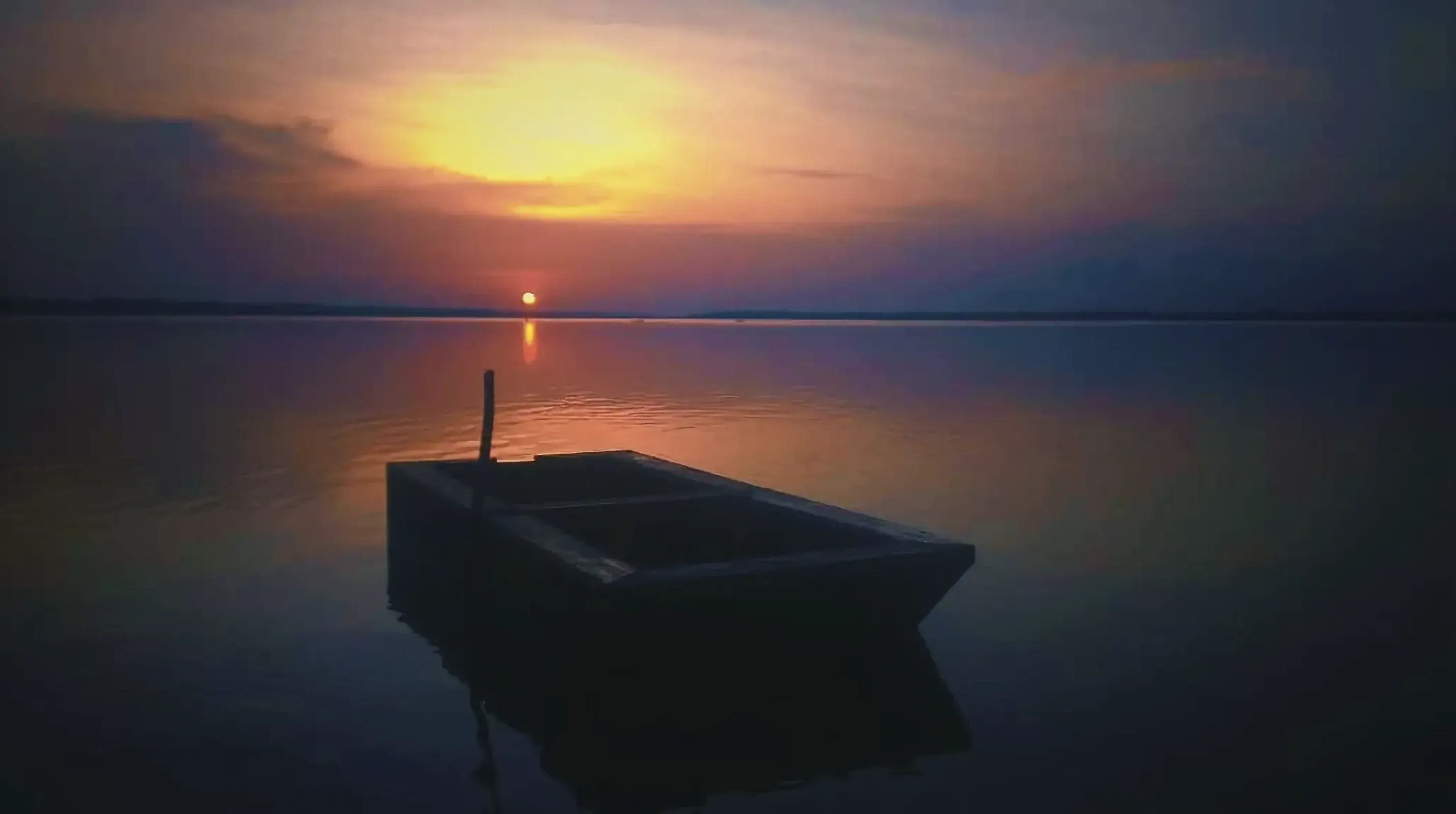
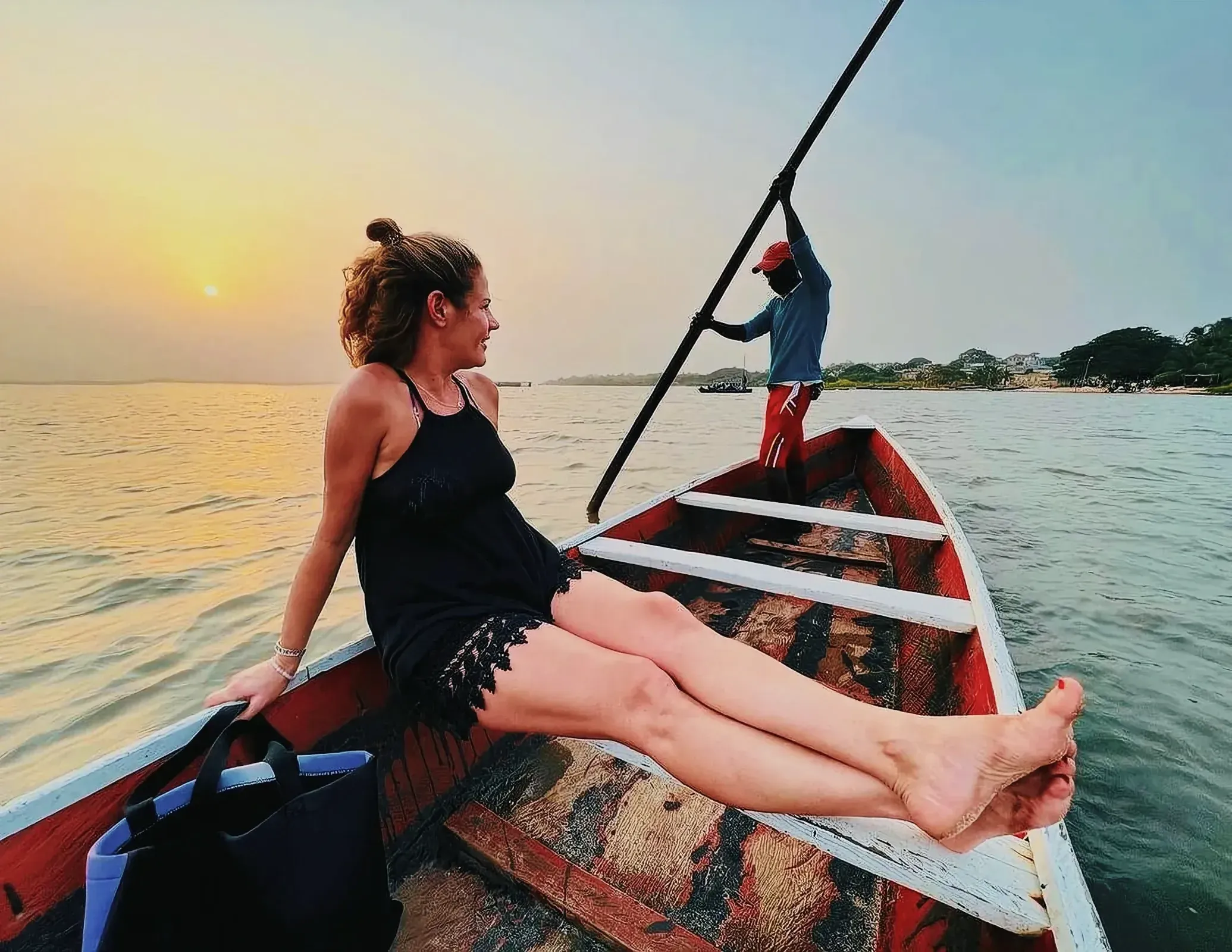
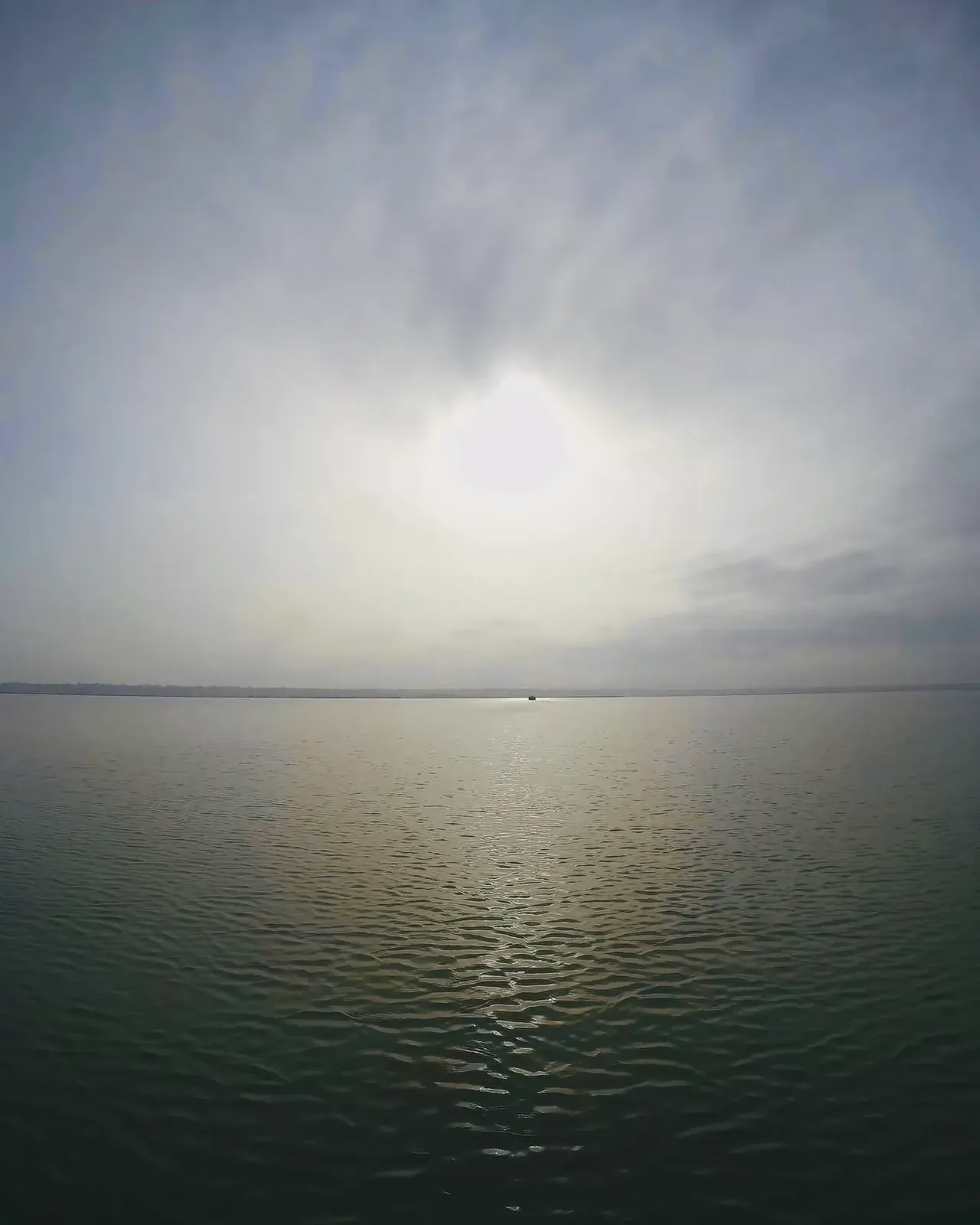
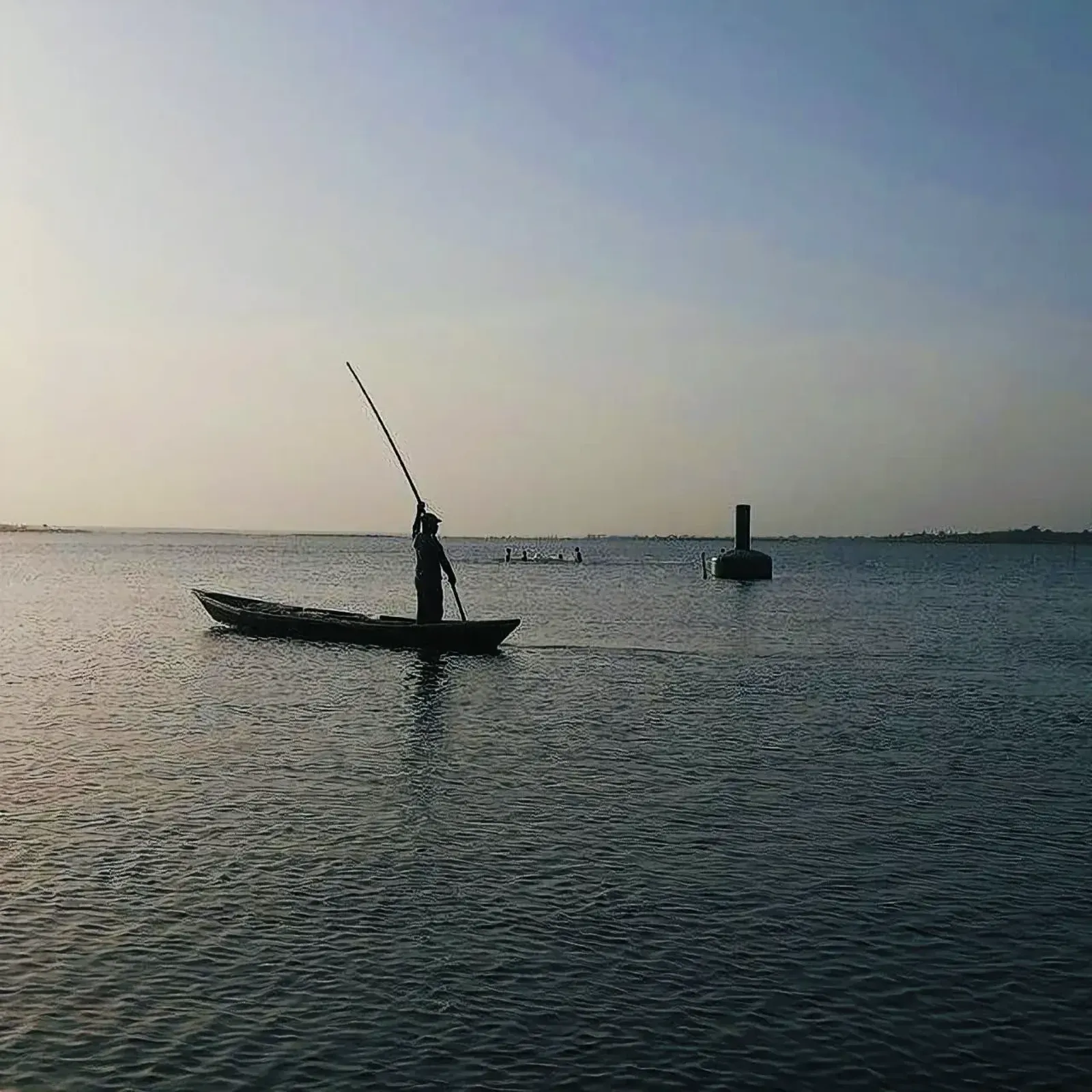
Lake Togo is a haven for watersports and wildlife enthusiasts, a serene lagoon separated from the Atlantic by a thin strip of land. The town of Togoville, on its shores, is home to many voodoo sculptures and a shrine to the Virgin Mary, offering a fascinating mix of religious traditions and local culture.
Lomé
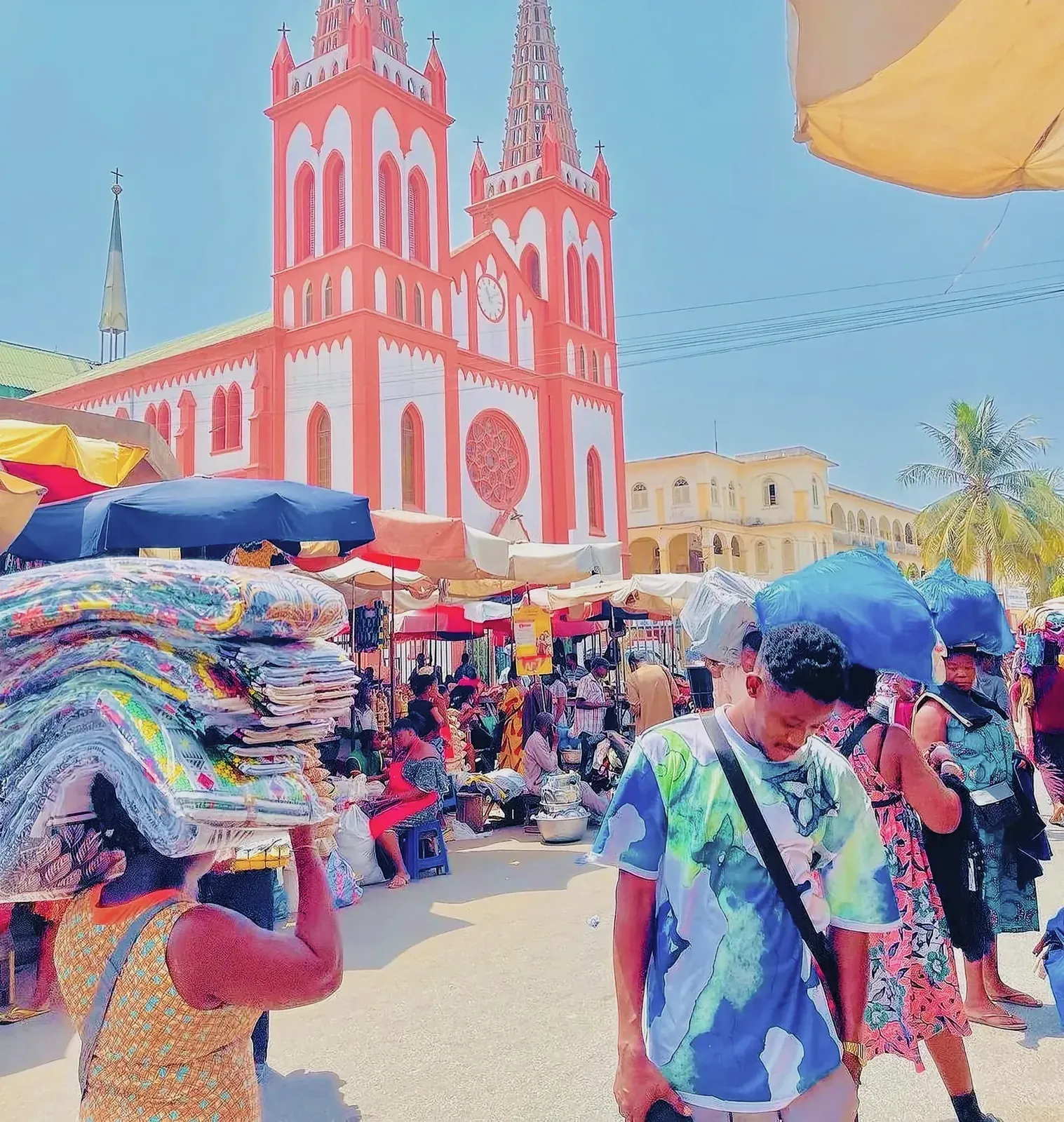
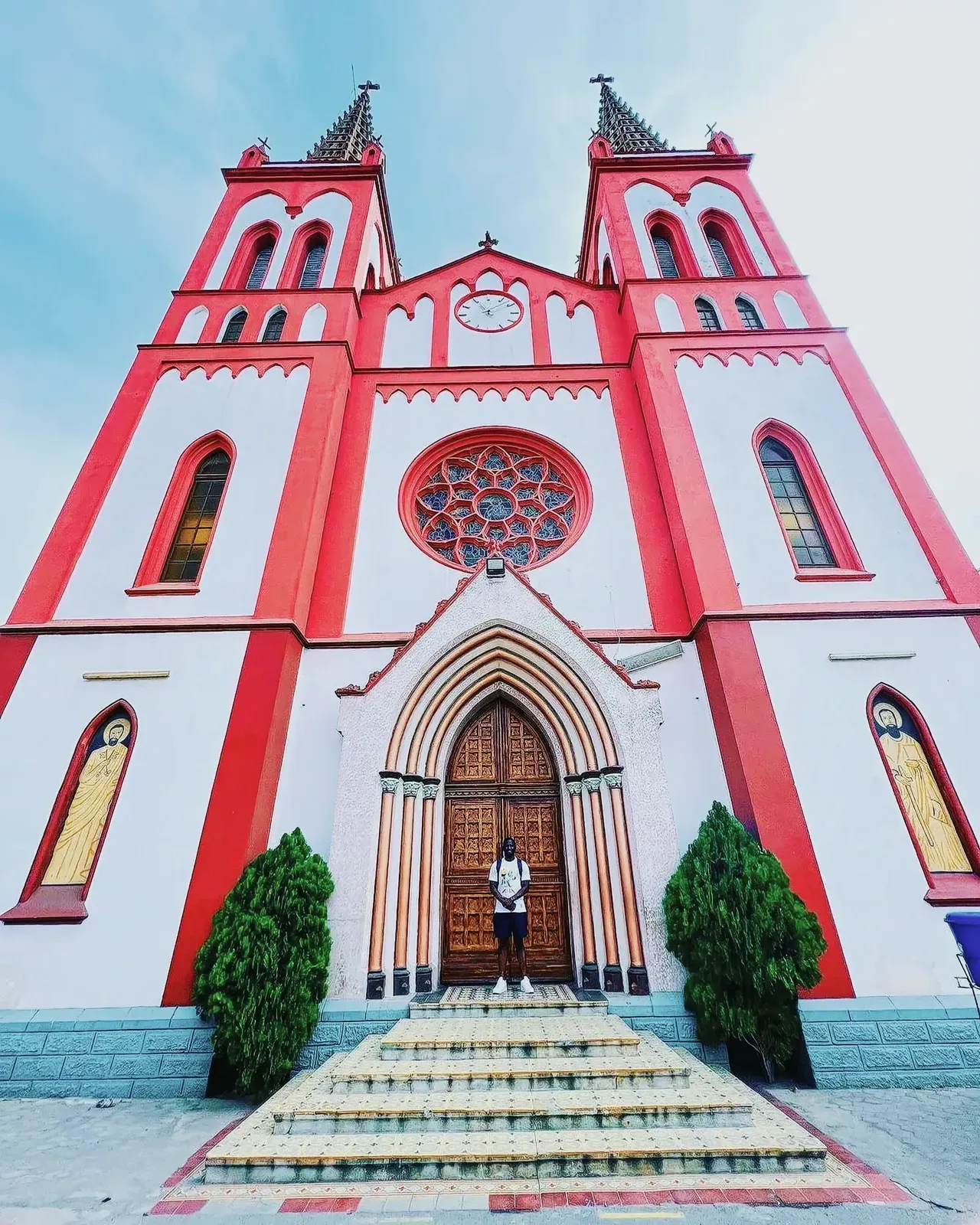
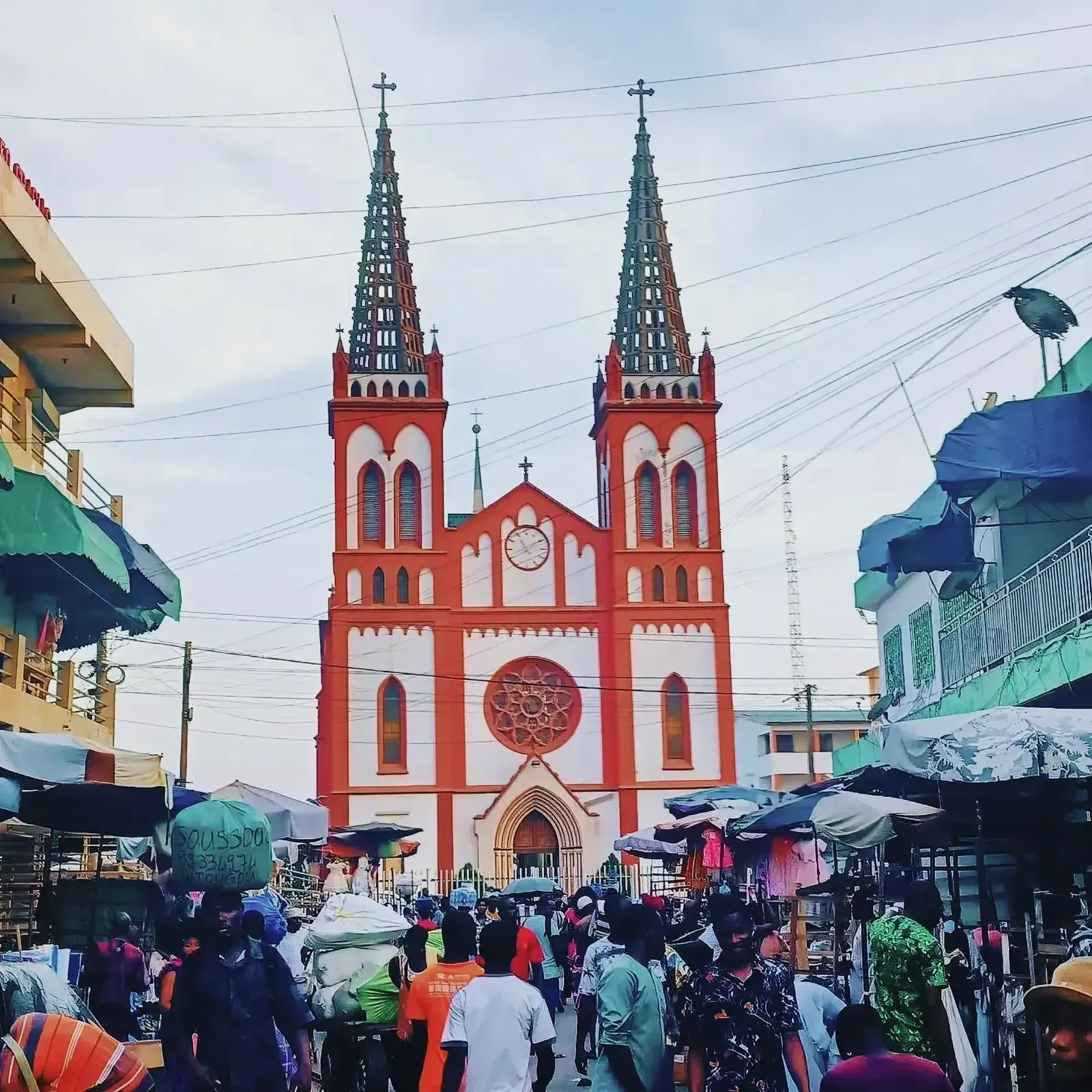
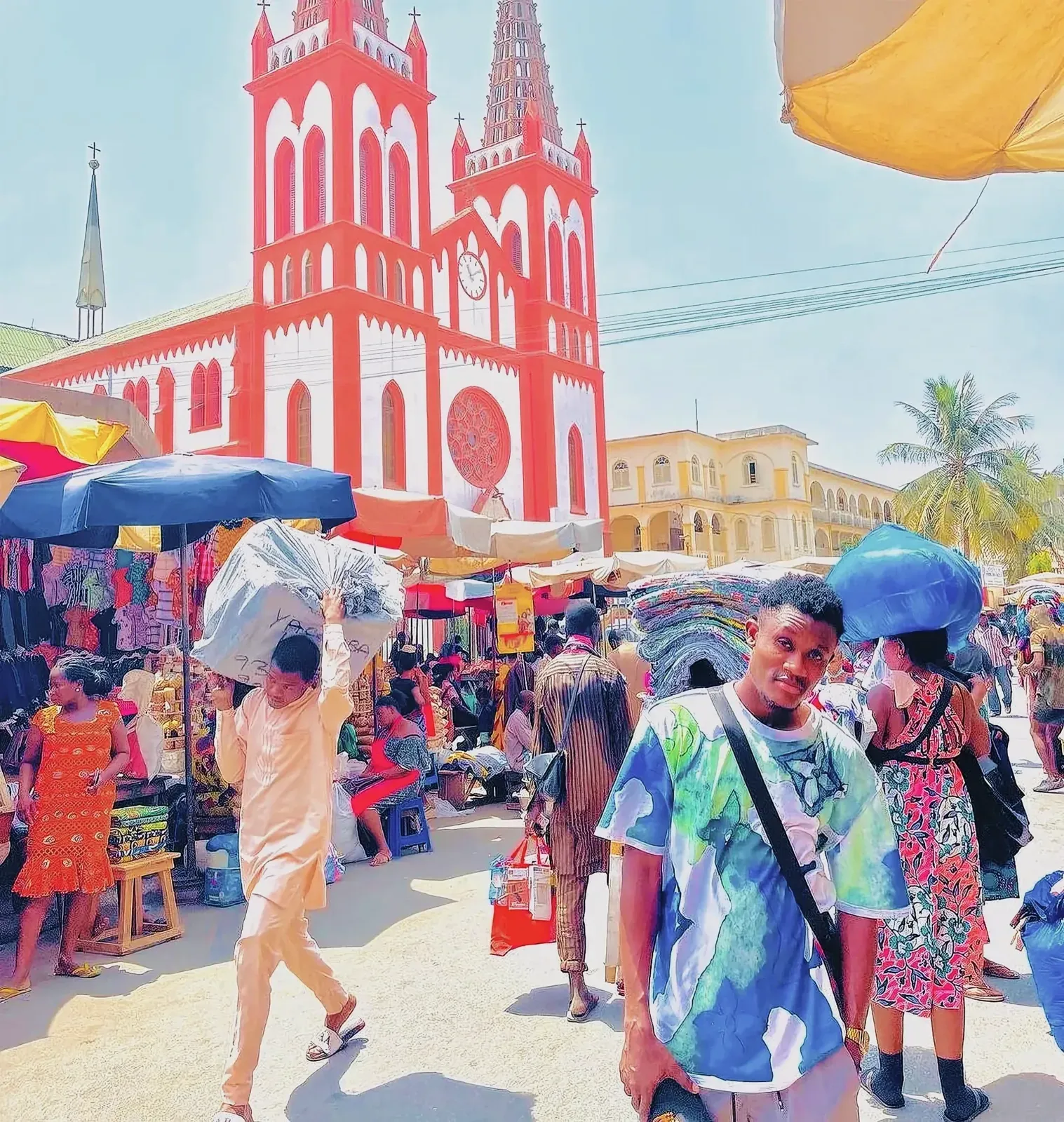
Togo’s capital and largest city, Lomé, is an exciting mix of markets, history, and beaches, offering a similar urban experience to that of Cape Town. From its famous voodoo markets to its proximity to the beach, there’s something for everyone in Lomé. However, due to strong currents and potential safety concerns, visitors should always exercise caution, particularly at night and when swimming.
Notsé
Founded in the 17th century by the Ewe people, Notsé offers a unique insight into Togo’s social history. The remnants of a 14.5 km wall, built by the Ewe chief to protect his people, are still visible in some parts of the town.
Sokodé
Sokodé, the capital of Togo’s Centrale region, is home to the Tem people and offers visitors the chance to experience the city’s vibrant cultural heritage. It is also the gateway to Fazao-Malfakassa National Park, home to elephants, monkeys, and a diverse range of birdlife.
Each destination offers a unique experience and a chance to immerse yourself in Togo’s rich cultural heritage and natural beauty. Whether you’re exploring the traditional markets of Lomé, hiking in the Kaby Mountains, or visiting the unique mud houses of Koutammakou, a trip to Togo will surely be an unforgettable adventure.
Things to Do in Togo
In a country as culturally rich and diverse as Togo, there are countless activities to engage in that offer a deeper understanding and appreciation of the local culture and natural beauty. From exploring ancient voodoo traditions to getting to know the indigenous cultures firsthand, Togo offers a plethora of unique experiences – a cultural variety I also found in Cape Town.
Cultural Immersion
Visit the Akodésséwa Voodoo Market in Lomé: This world-famous market is a mystical and fascinating place where visitors can gain an understanding of the deeply rooted voodoo culture in Togo. Here, you’ll find traditional fetishes and spell ingredients, ranging from animal bones to dried herbs. Remember, while it’s a popular spot for tourists, this market is a serious place of worship for locals, so always show respect and avoid taking photos without permission.
Engage with Indigenous Cultures: Togo is home to over 40 distinct ethnic groups, each with its own unique culture, traditions, and ways of life. Spend time in the traditional villages of Kara and Koutammakou, witnessing artisans at work and learning about age-old customs. Don’t miss the chance to visit Notsé, the ancient town of the Ewe people, where you can delve into their rich history.
Exploring the Natural Beauty
Experience the Tranquility of Lake Togo: Hire a traditional wooden canoe or pirogue and journey across this peaceful lake. The small town of Togoville, located on its shores, is a treasure trove of traditional voodoo sculptures and shrines.

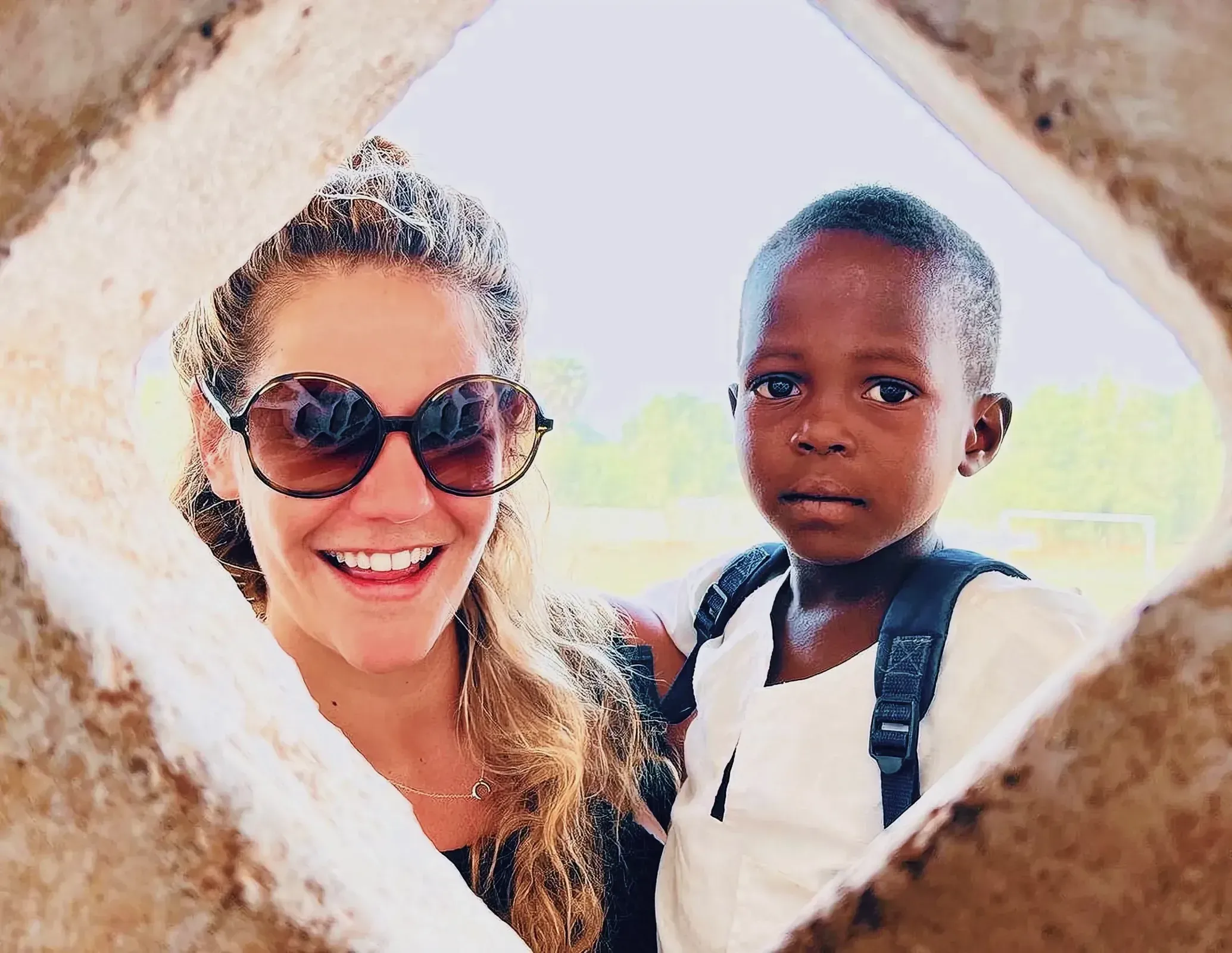
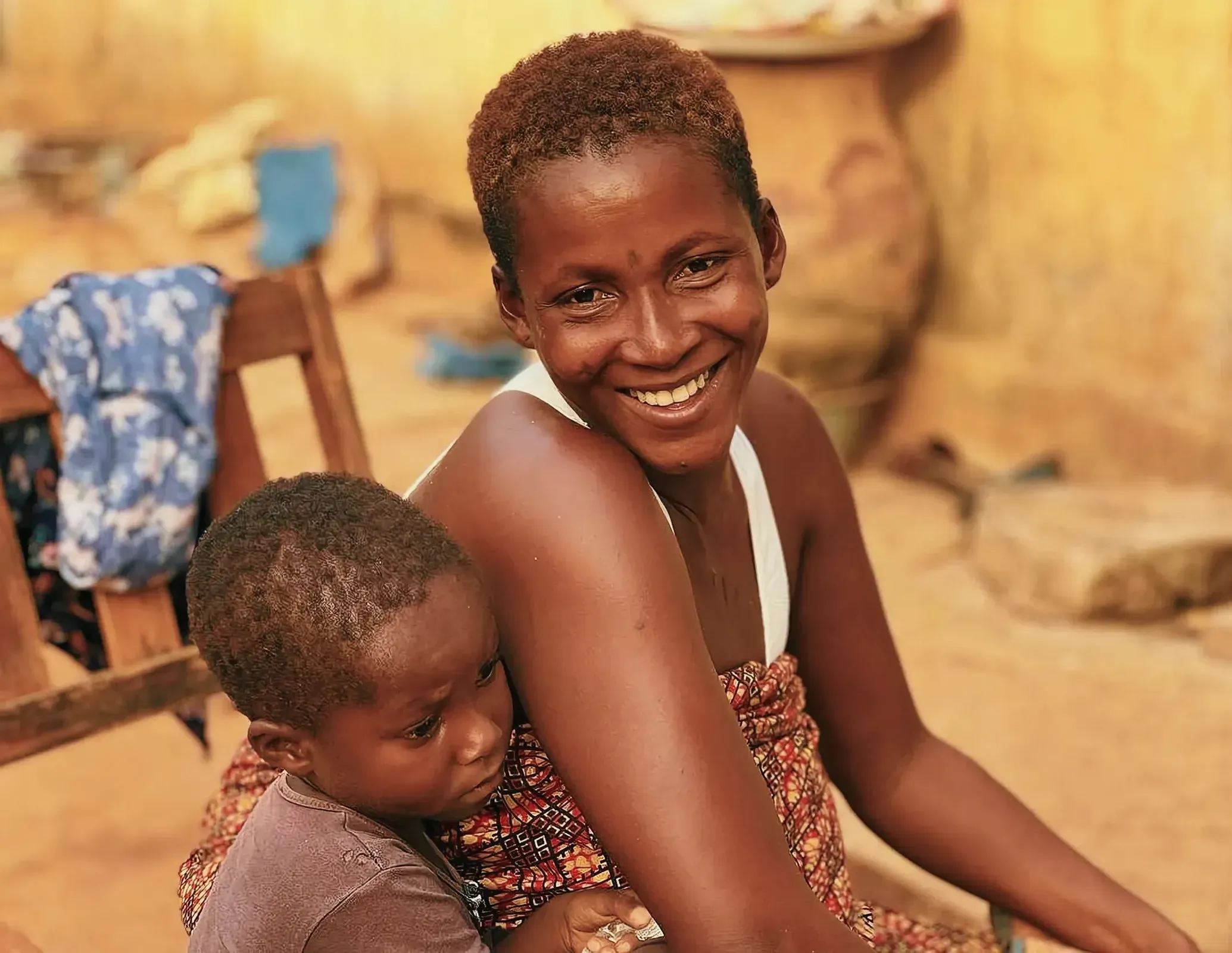

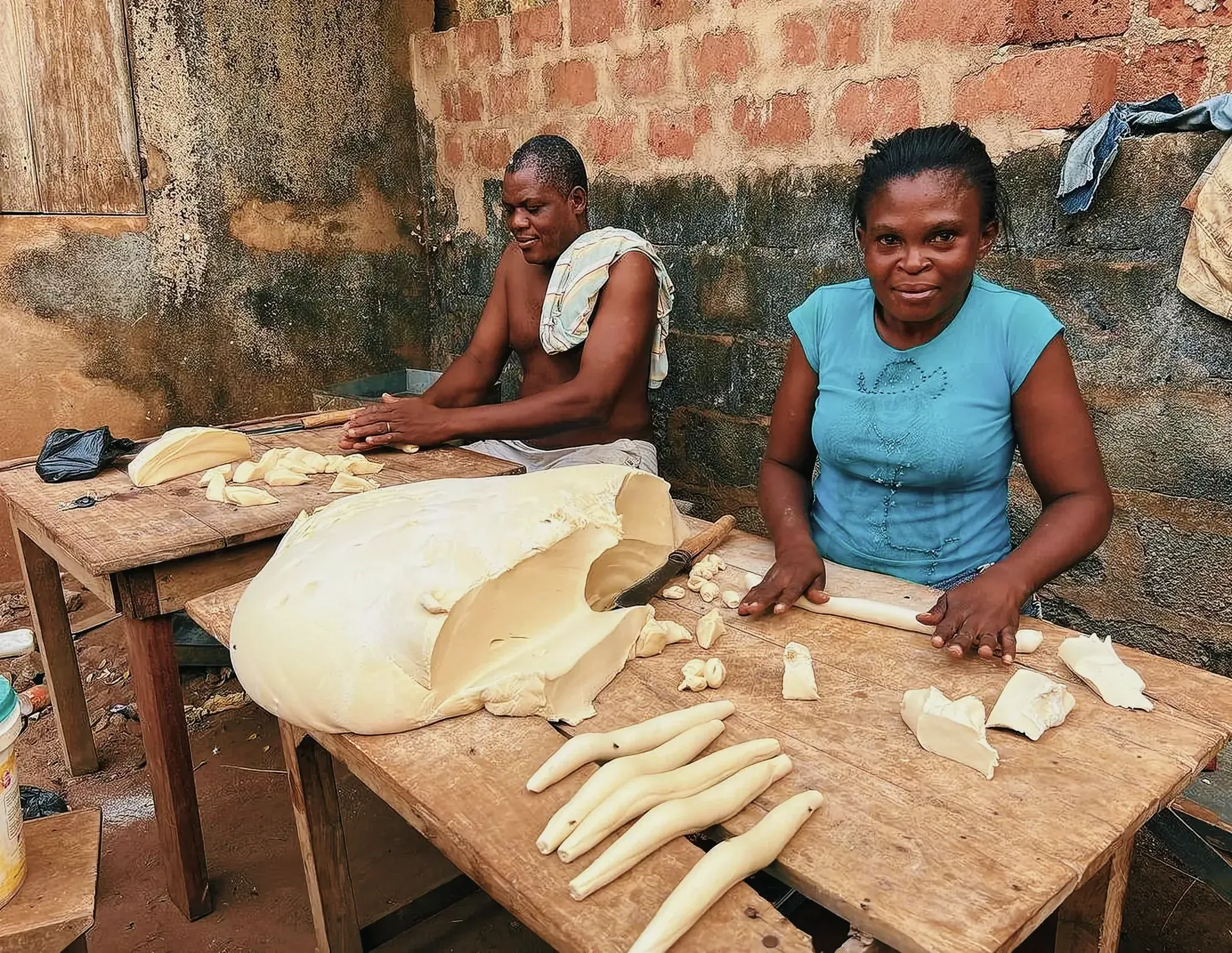
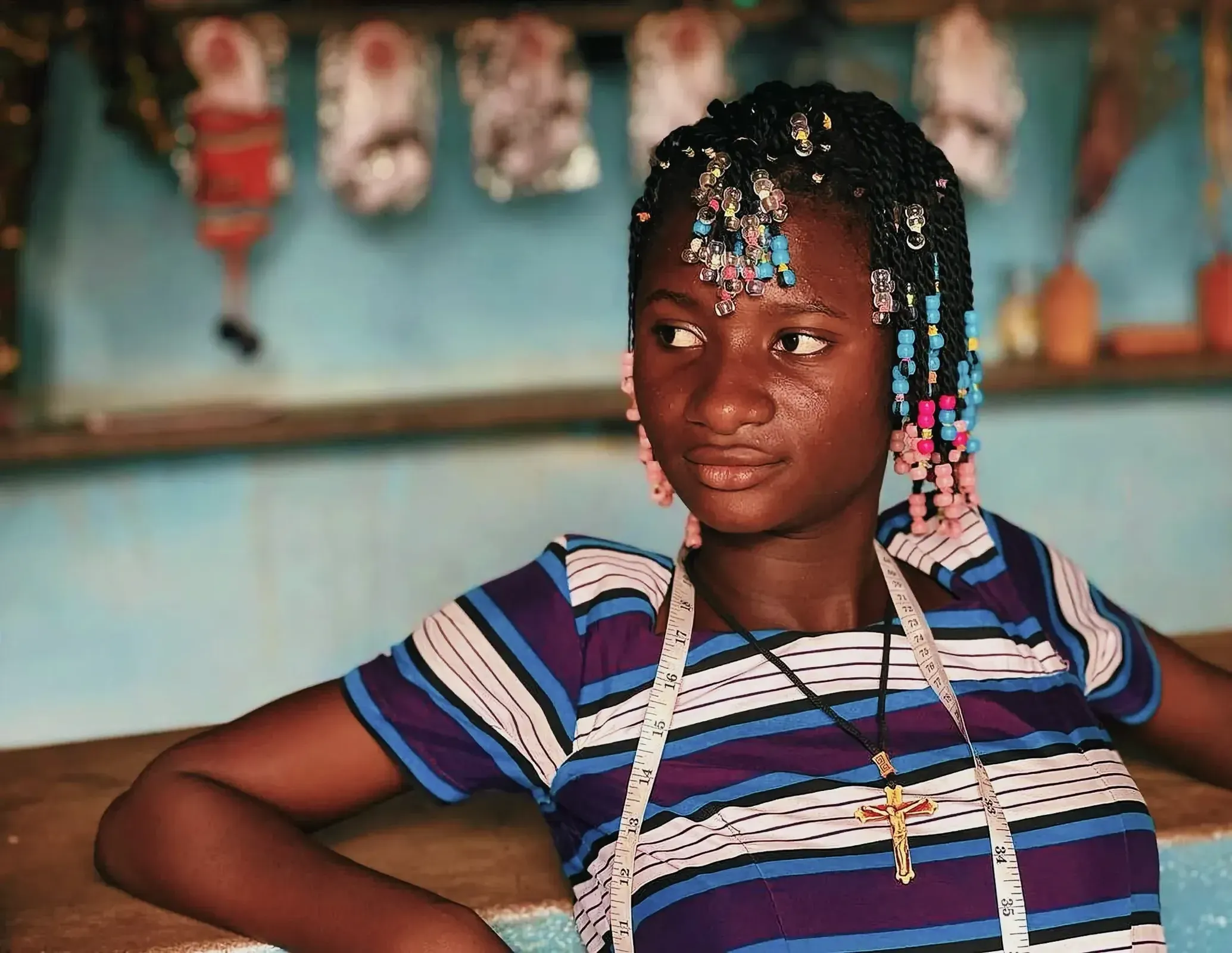
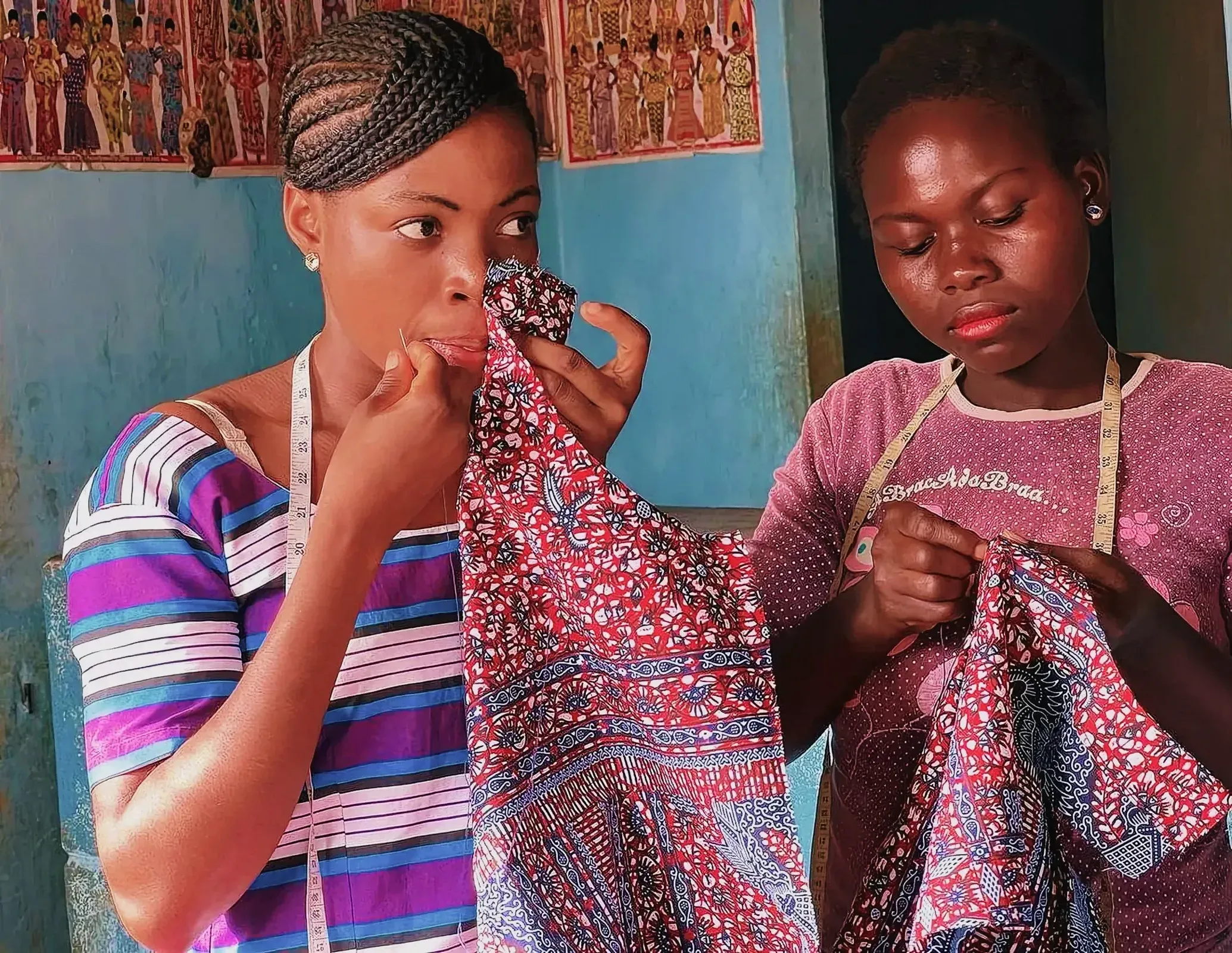


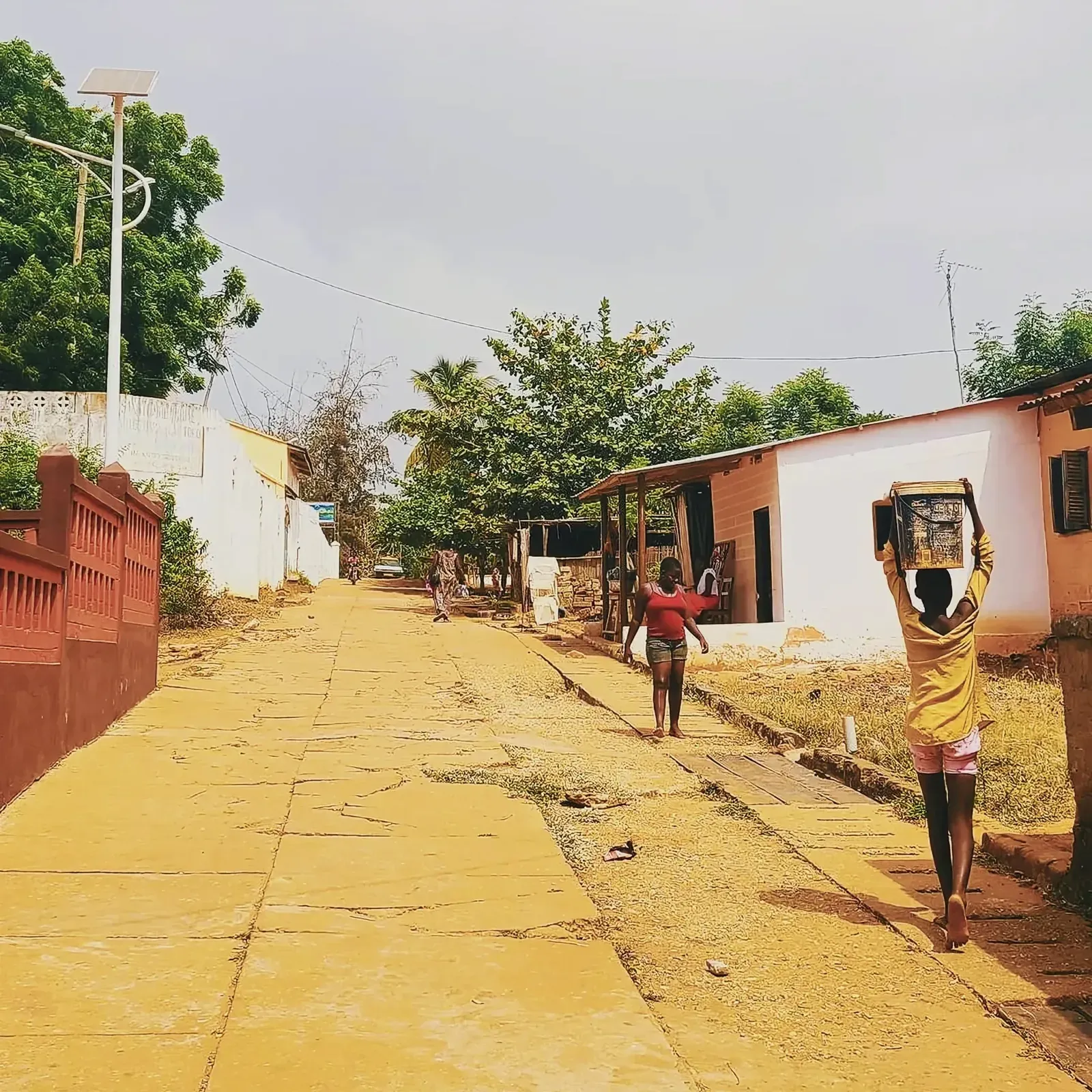
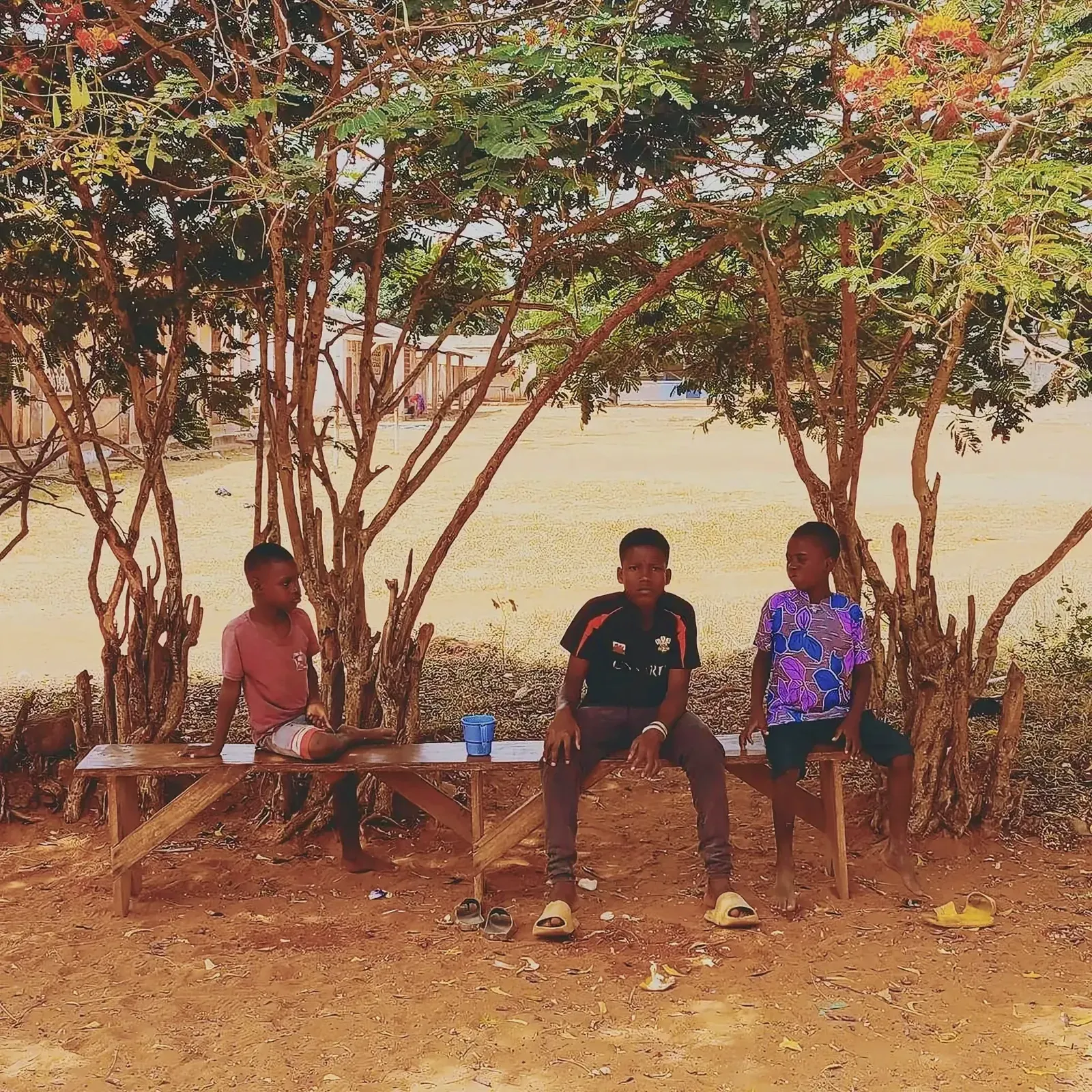

Hike Mount Agou and the Kaby Mountains: Mount Agou, Togo’s highest peak, offers stunning views of the surrounding countryside, while the Kaby Mountains hide traditional villages and artisan workshops. Hiking these landscapes not only provides a chance to appreciate Togo’s natural beauty but also offers a glimpse into the everyday life of its people.
Discover the Wildlife of Fazao-Malfakassa National Park: This national park, located near the city of Sokodé, is home to elephants, monkeys, and a wide variety of bird species. The park is still relatively untouched by tourism, allowing for a truly authentic wildlife-spotting experience.
When in Togo, Do as the Togolese Do
Togo is a country of warmth and friendliness. Greetings are an essential part of their cultural etiquette. Don’t hesitate to exchange pleasantries and engage in small talk when interacting with locals.
However, remember to respect the social norms and cultural taboos of Togo. Homosexuality is illegal, and public displays of affection between same-sex couples are frowned upon. Also, be cautious when swimming along the Togolese coast due to strong currents, and when exploring Lomé, it’s advisable not to venture to the beach after dark due to safety reasons.
Travel Tips for Visiting Togo
Visiting the delightful West African nation of Togo can be an adventure that’s both enriching and enlightening. Whether you’re exploring the bustling markets of the capital city Lomé or hiking in the Kaby Mountains, you’re certain to find the country’s rich culture and history truly captivating. Here, I’ll share some practical tips from my personal experience to help you plan your trip to Togo.
Recommended Duration of Stay
When I visited this distinctive country, I found that spending a week was absolutely perfect. This gave me enough time to discover the major attractions, soak in the local culture and even enjoy some downtime. A week will allow you to explore Lomé, hike around Kpalimé and venture north to the UNESCO Heritage Site of Koutammakou.
Getting to Togo
Togo is accessible by air, with flights landing at the Lomé- Tokoin International Airport. However, you may also consider visiting Togo by bus from Accra, Ghana. This is particularly easy and takes about 4-5 hours. Always remember to bring your yellow fever vaccination card and check if your passport requires an advance visa.
Getting Around Togo
While in Togo, motorbikes are a fast and popular form of transit, although they seldom come with helmets. You can also take taxis and minibuses. Lomé is quite compact and walkable; however, you may need a local guide to help you navigate hikes and arrange transportation in other cities.
Best Time to Visit
Togo’s tropical climate means it’s usually hot, but that shouldn’t deter you. The temperatures range from 20°C to 35°C, with some sporadic rains in the second half of the year.
Togo Currency
Togo uses the West African Franc (CFA), and it’s important to plan on primarily using cash. ATMs can often be unreliable or out of cash, so having a backup plan with dollars or euros is advantageous.
Togo Safety Tips
When I think back on my numerous journeys to Togo, the vibrant culture and the warmth of its people always come to mind. However, travel, like any adventure, carries its risks. With each visit, I’ve learned more about staying safe and navigating the complexities of a new environment. Drawing on this experience, I’m here to share a few nuggets of wisdom that I hope will help you enjoy Togo with peace of mind.
Blend In with the Locals
The Togolese are generally friendly and welcoming, but standing out as a tourist can sometimes attract unwelcome attention. Dress modestly to blend in and respect the local customs. Avoid flashy jewelry or displaying expensive gadgets openly.
Health Precautions
Healthcare facilities in Togo can be limited, especially outside Lomé. It’s crucial to have travel insurance that covers medical evacuation. Keep a personal first-aid kit and a supply of any prescription medicine you need, as they may not be readily available.
Watch Your Belongings
In crowded places like markets or bus stations, remain vigilant. Pickpocketing can happen, so keep your valuables secure and out of sight. A money belt worn under your clothes is an excellent way to carry cash and important documents.
Road Safety
Road conditions can vary, and driving habits may be different from what you’re used to. If you decide to hire a car, a 4×4 is recommended for rural areas. Otherwise, hiring a local driver can alleviate the stress and risk of navigating the roads yourself.
Political Awareness
Like many countries, Togo has its share of political tensions. Stay informed about the local political situation, especially during election periods, as demonstrations can sometimes occur. Always avoid political gatherings and protests.
Travel with a Companion
Exploring with a friend or in a group is not only more fun but also safer. If you’re venturing into remote areas or planning a night out, having company is always a good idea.
Emergency Contacts
Have a list of emergency contacts, including local police and your embassy. The UK embassy in Togo can be a valuable resource for British citizens in case of emergencies.
Beach Safety


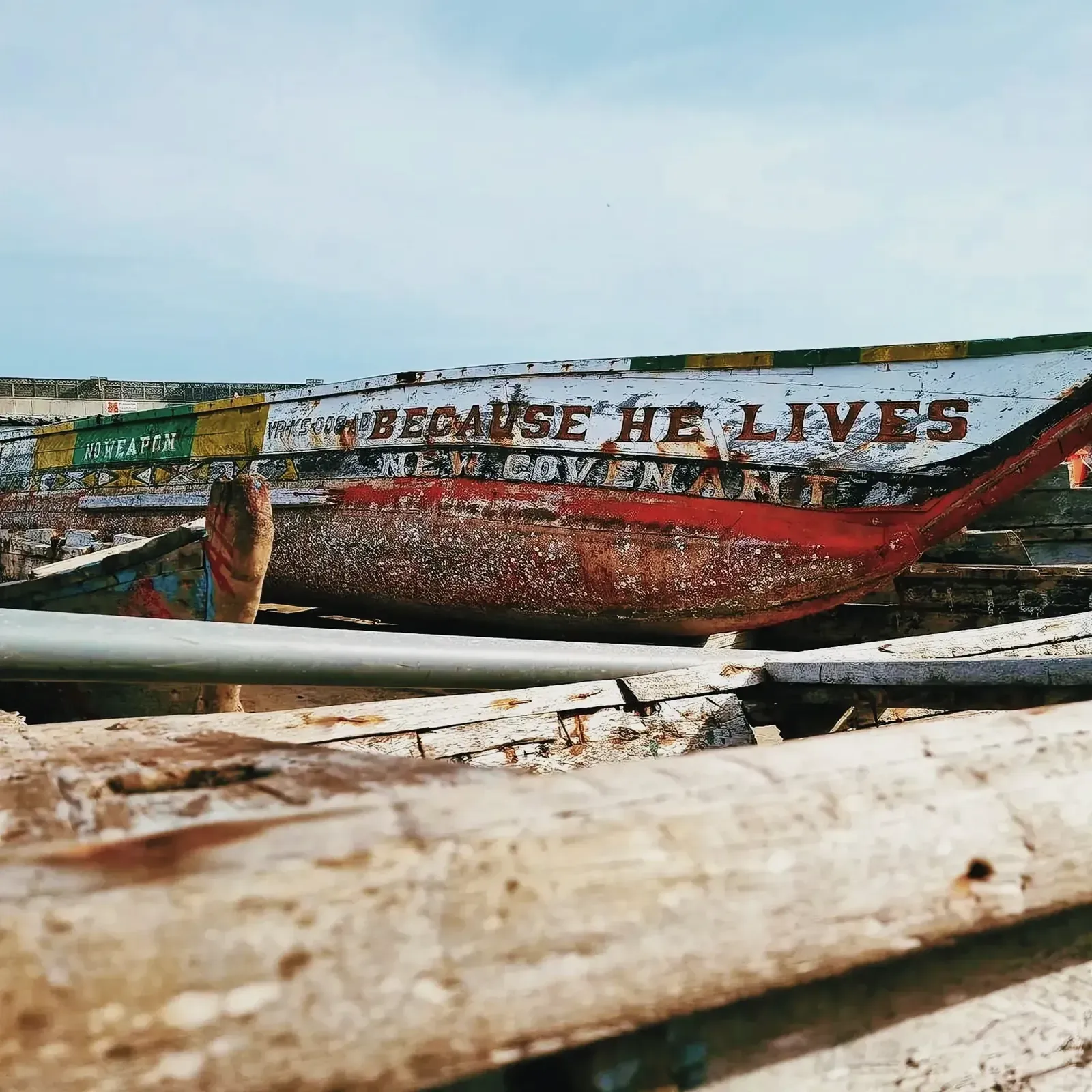
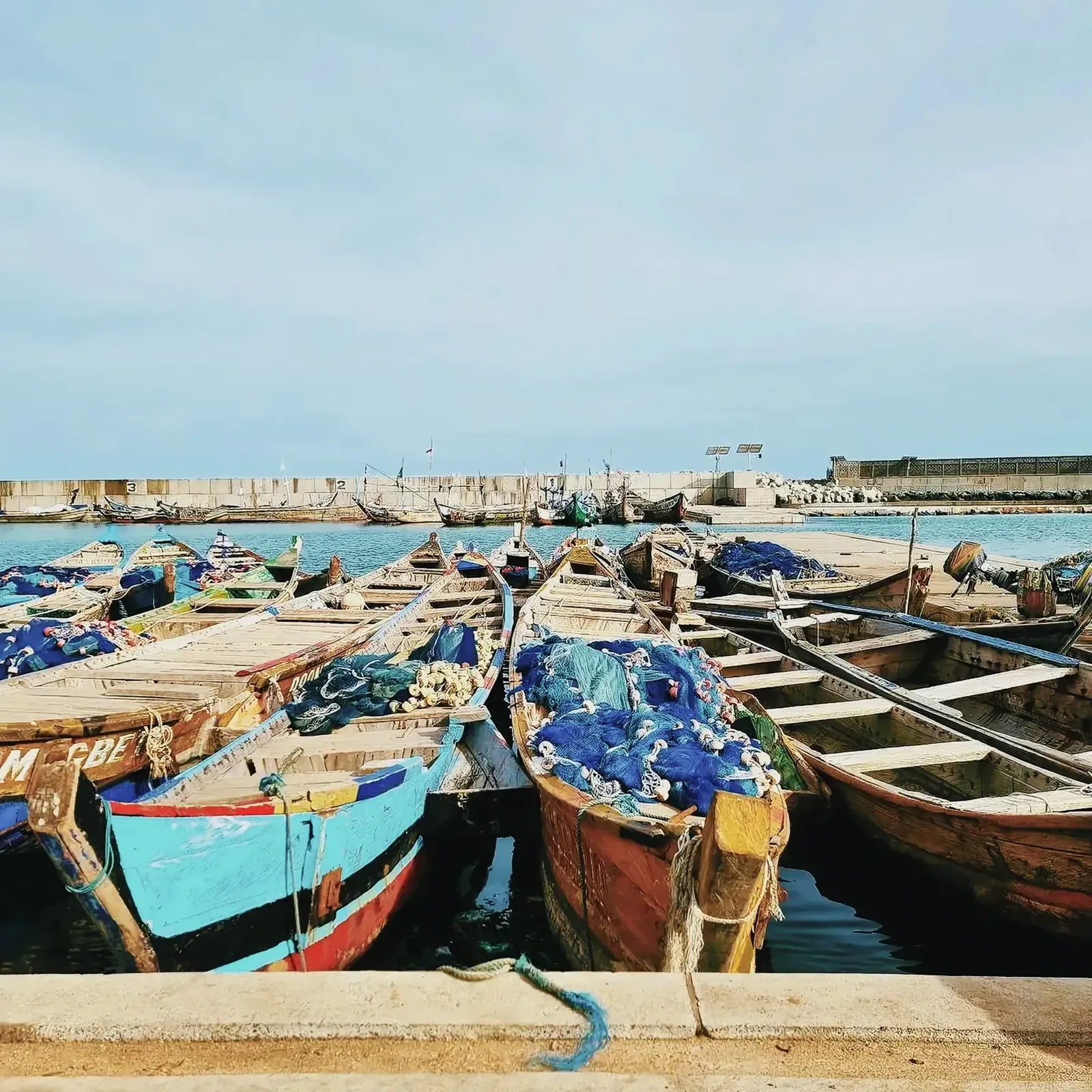
The beaches in Togo are beautiful, but some can have strong currents. Only swim where it’s safe, and if you’re unsure, ask locals or look for a lifeguard.
Trust Your Instincts
If a situation feels off, trust your gut. It’s always better to err on the side of caution.
As I found in Cape Town, most visits to Togo are trouble-free. With these precautions in mind, you’re all set to make the most of this colourful and captivating corner of West Africa. Stay safe, and enjoy the adventure!
Some final words
As I sit to weave the final threads of my Togolese tapestry, a surge of nostalgia washes over me. Togo, with its warm heart and untamed beauty, has etched itself into my soul. Through each region, from the bustling streets of Lomé to the serene peaks of the Kaby Mountains, I discovered a country rich in contrast and vitality. Togo is indeed a hidden gem of West Africa, often overshadowed by its neighbors, but shining with an iridescent light unique to itself.
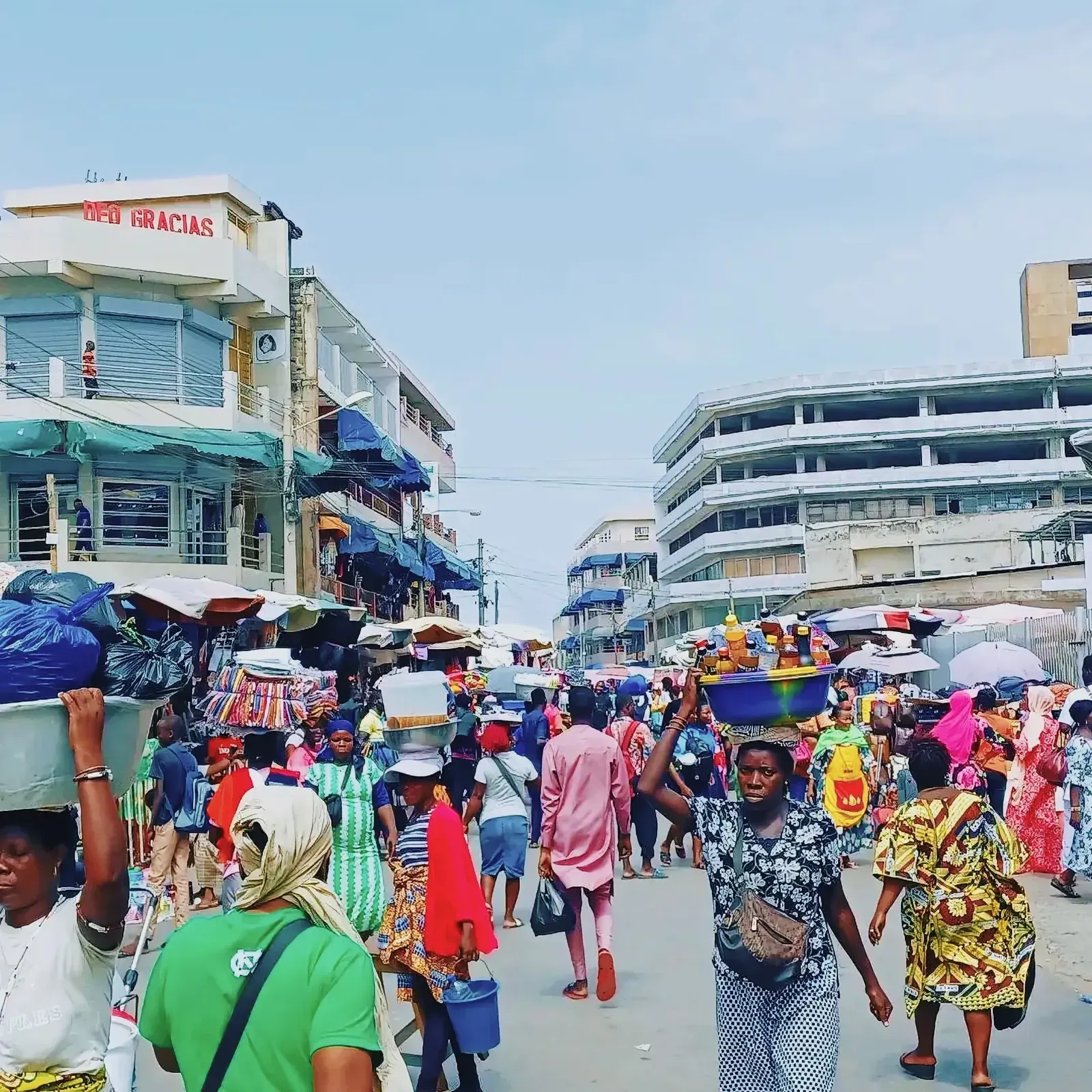
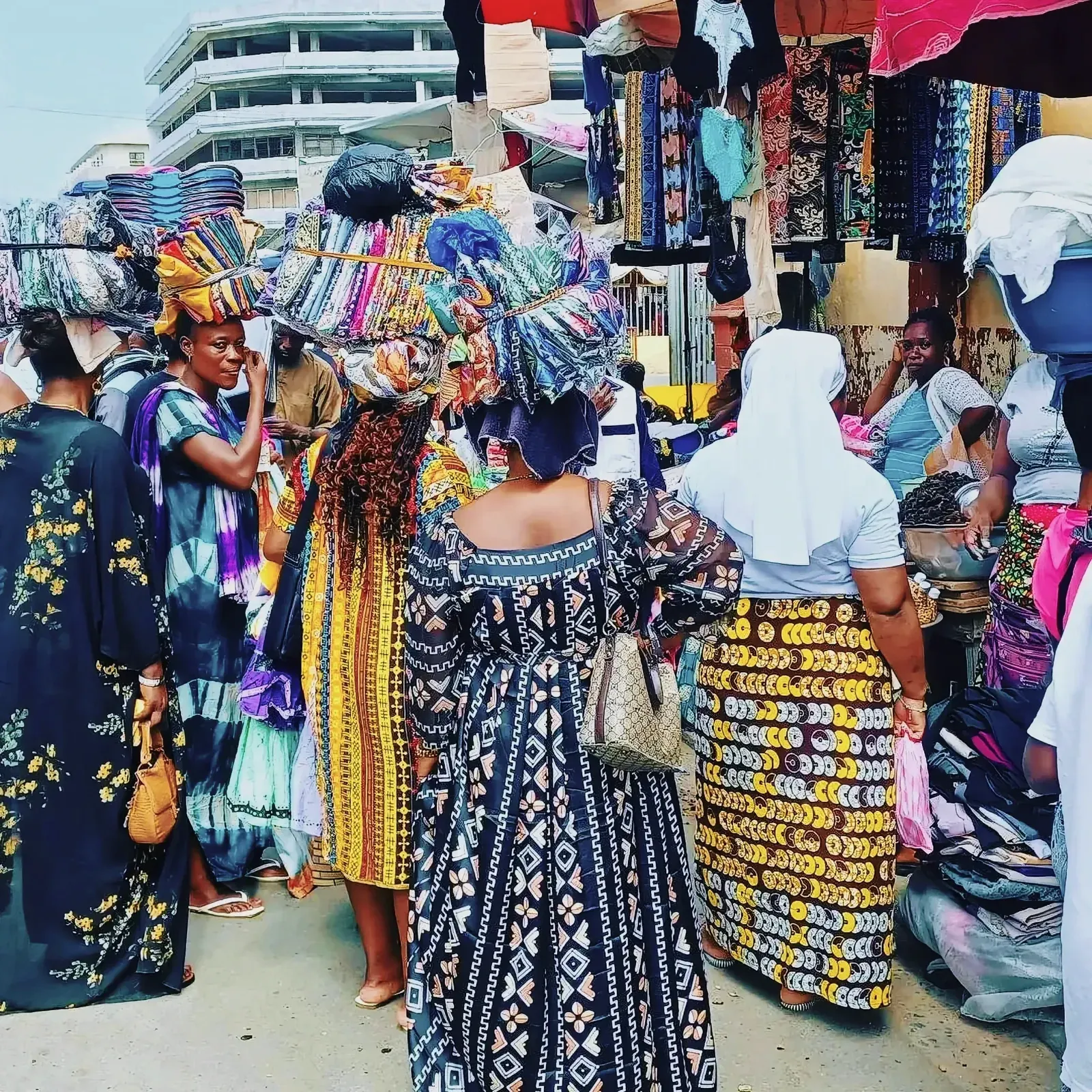

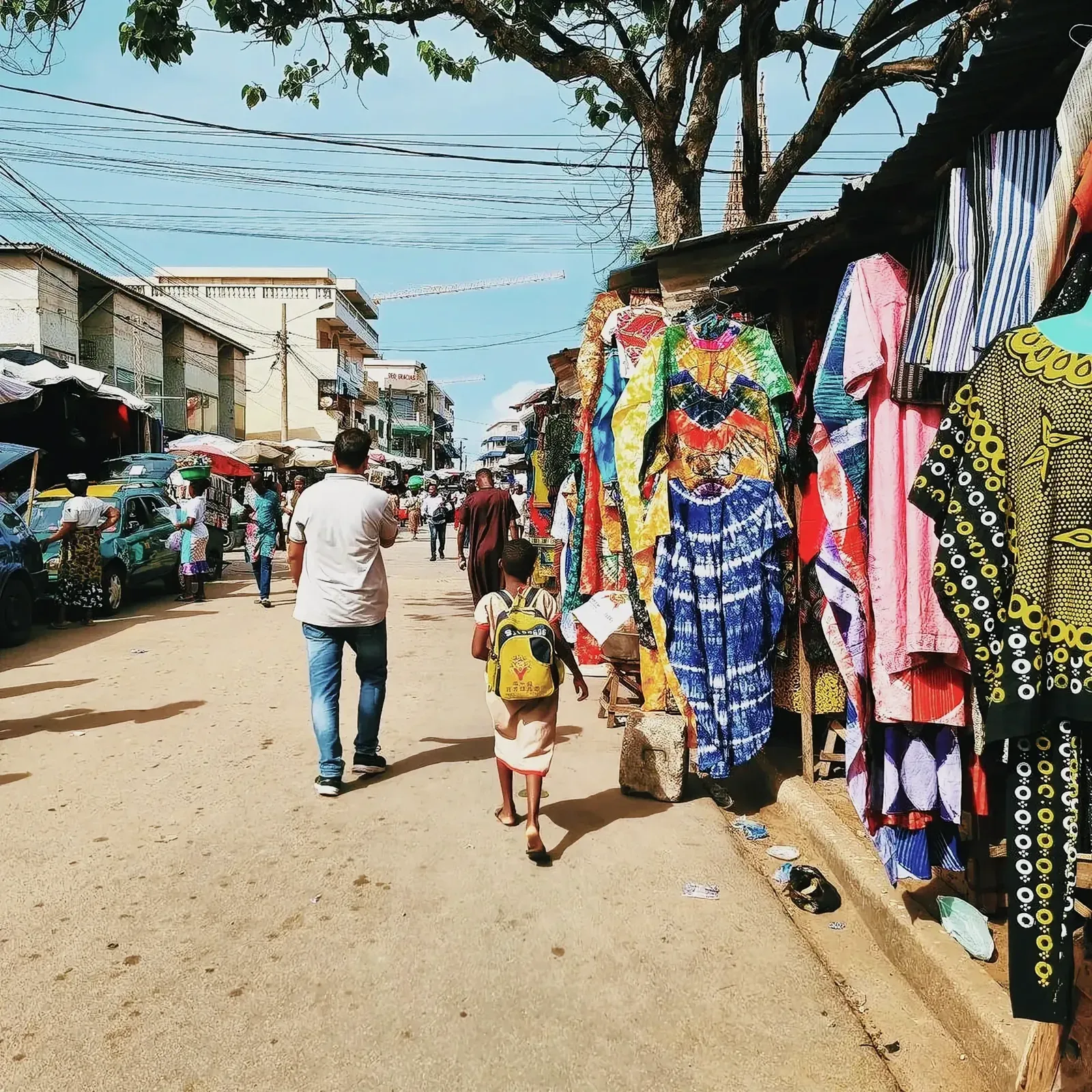
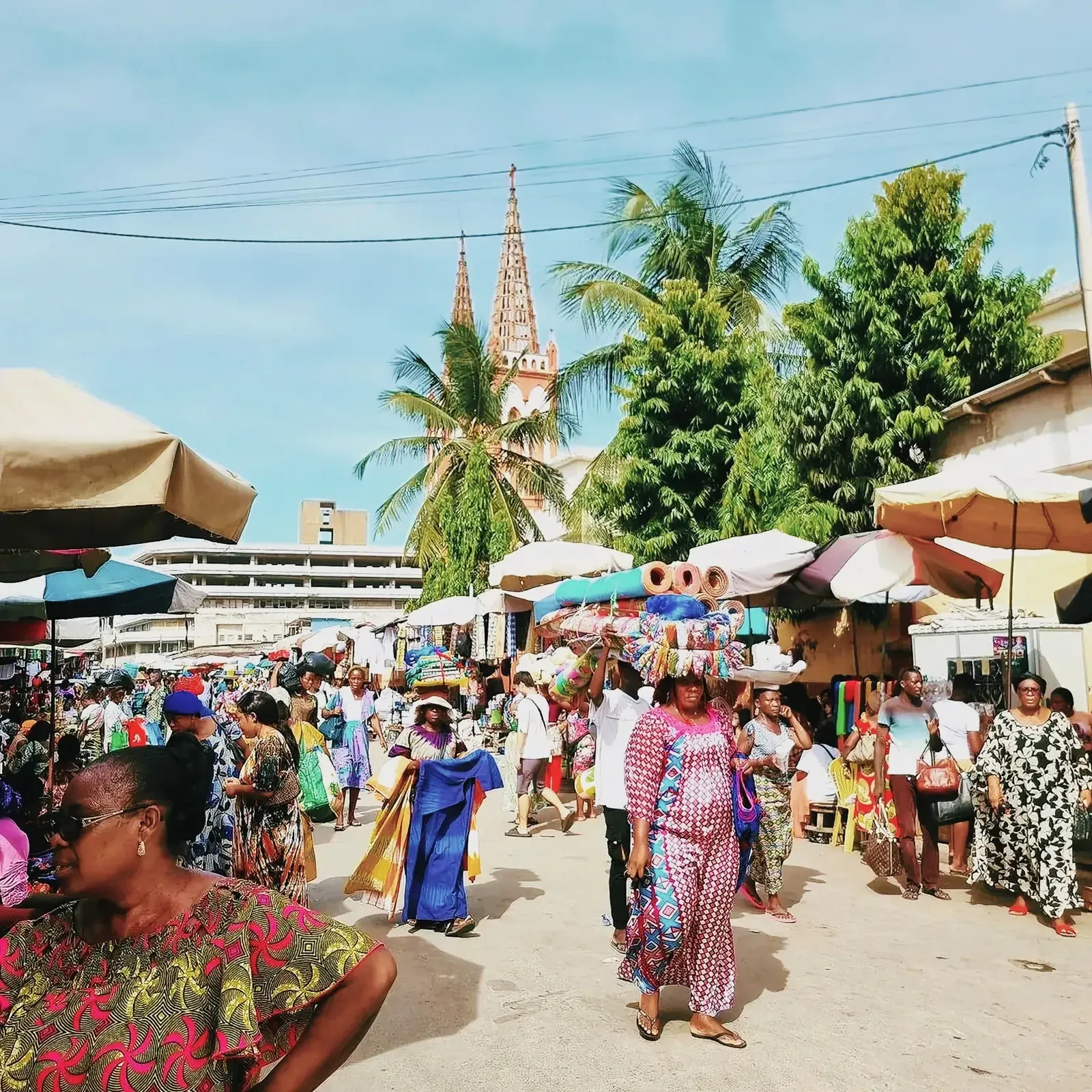
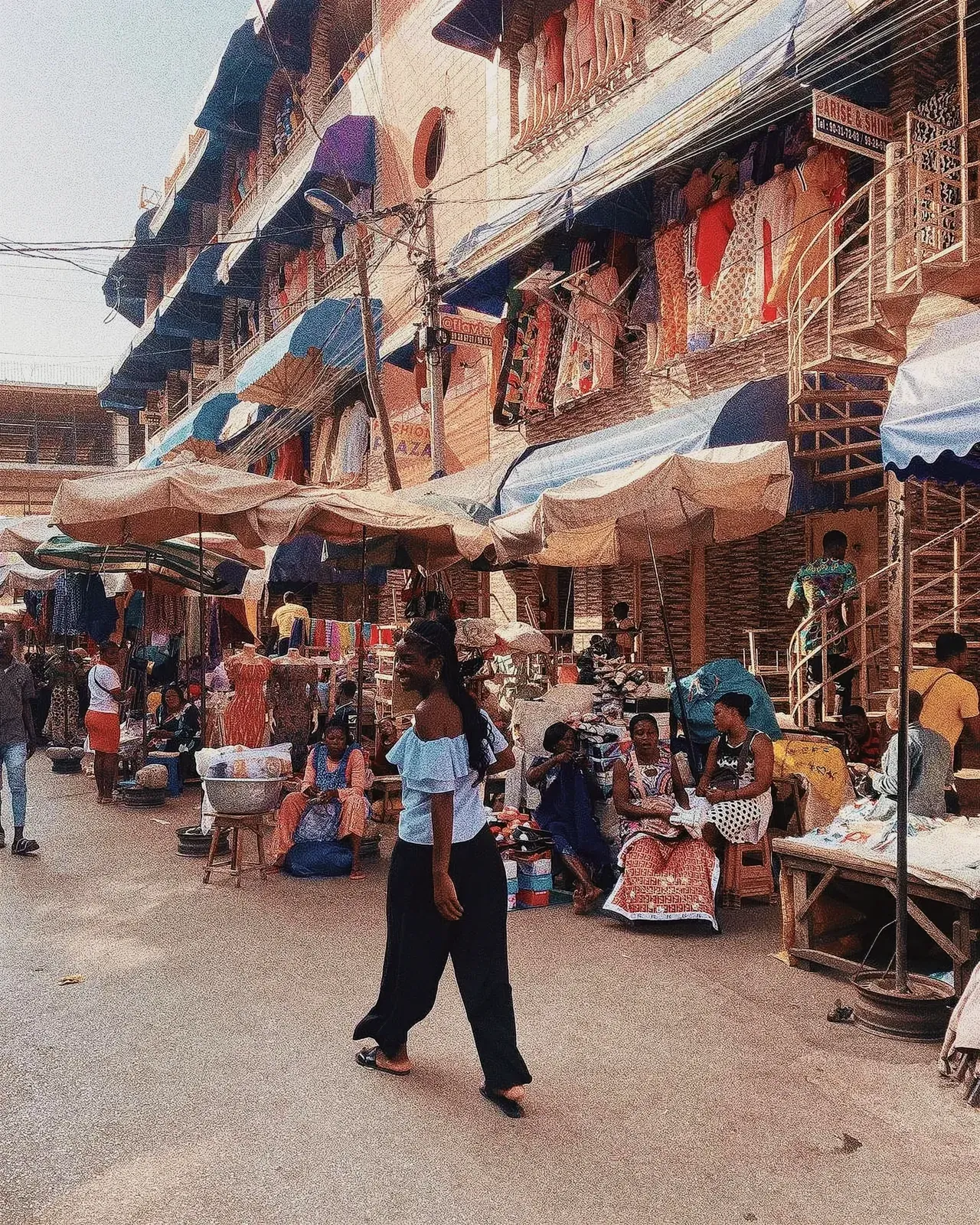
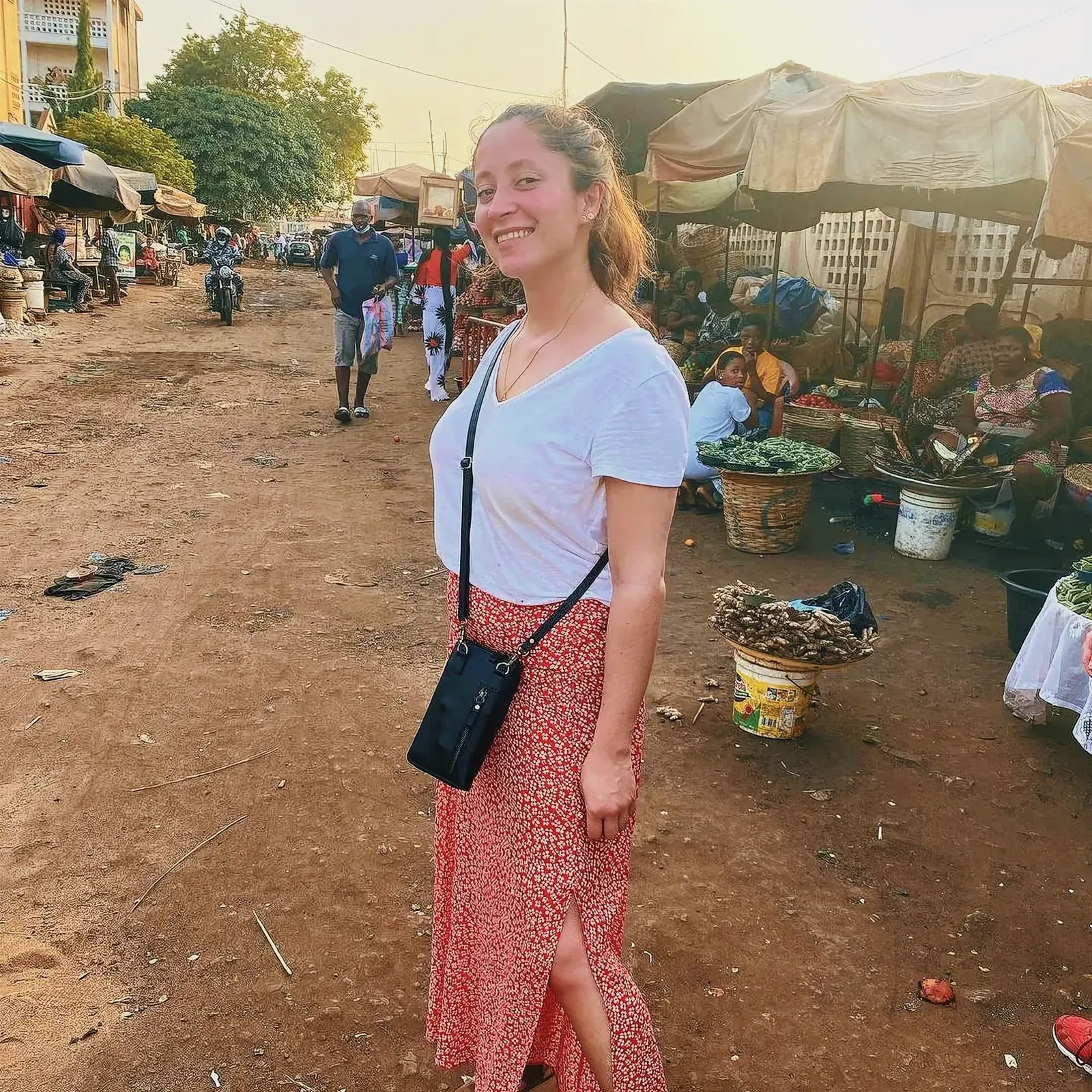
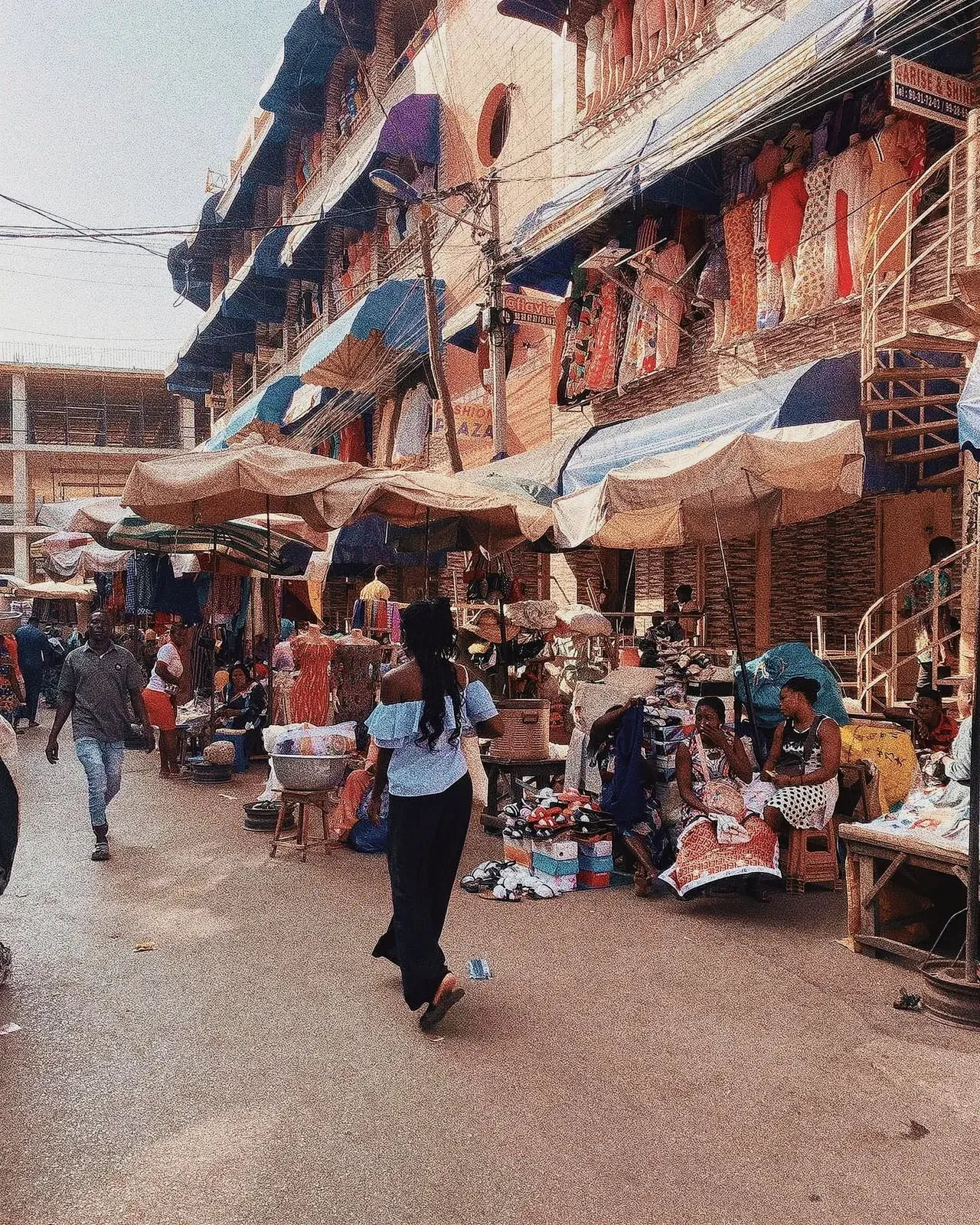
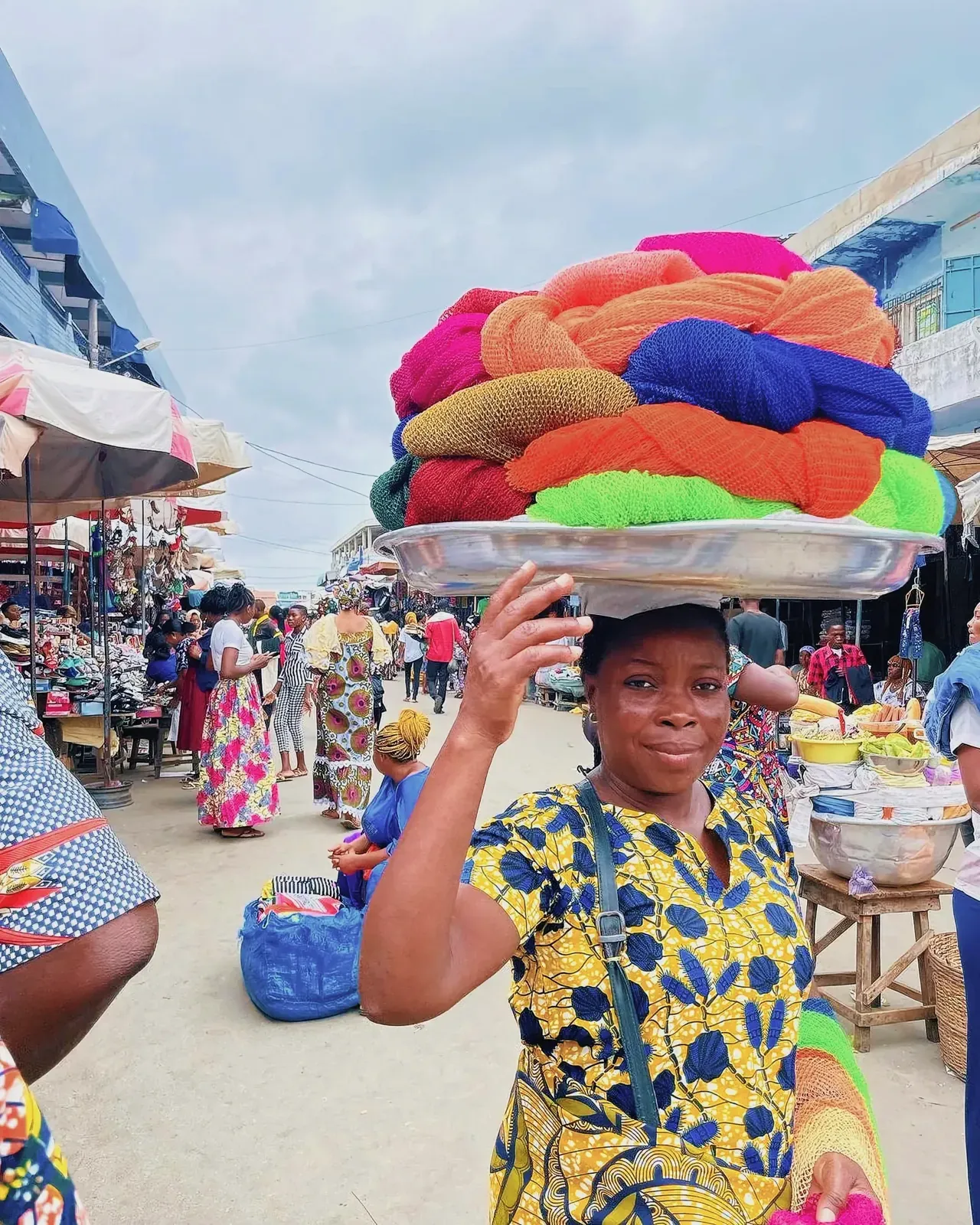
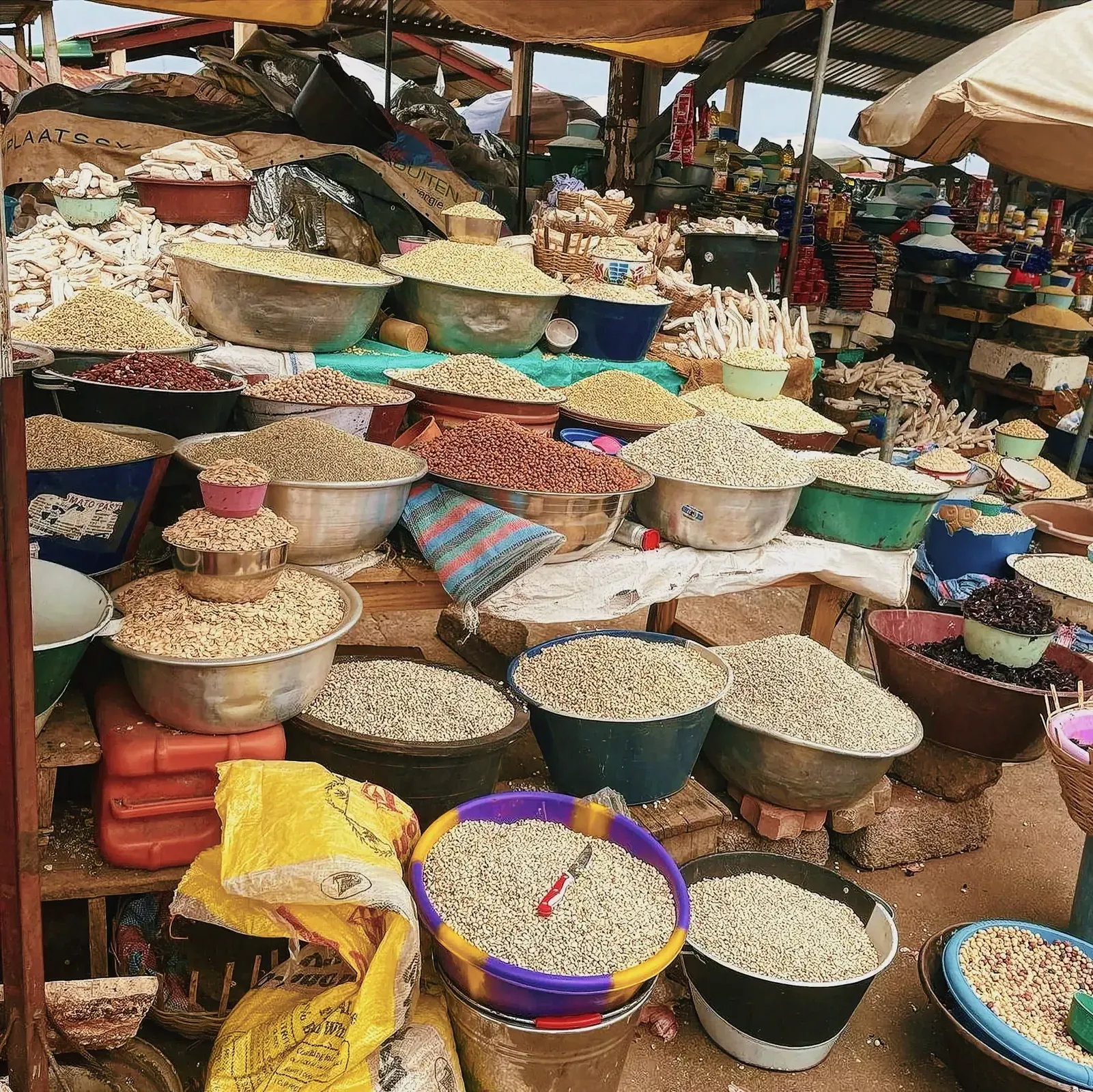
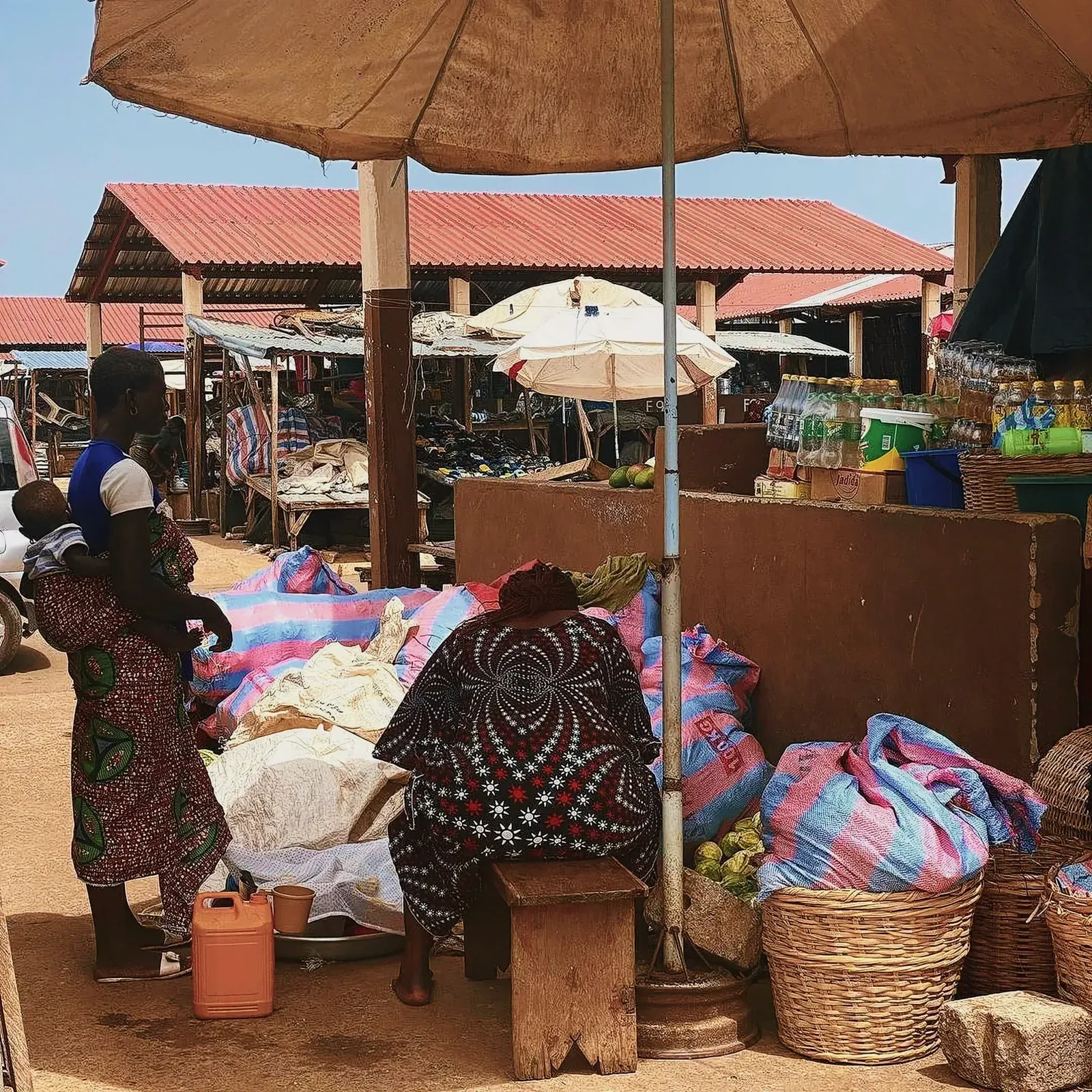

Reflecting on the journey, it’s the simple moments that stand out: the buzz of a Lomé market, the hush of a sacred forest, and the laughter of new friends met along the way. Togo is a place where culture isn’t showcased in museums but lived vibrantly in the streets and the villages. The voodoo ceremonies, more than just an attraction, offer a rare glimpse into a spiritual tradition that thrives amidst modernity. And the landscapes, oh the landscapes! From the undulating mountains to the palm-fringed beaches, Togo is a feast for the eyes and the spirit.
Travel here is not always straightforward, it’s true. The roads less traveled are often bumpy, and a local guide is worth their weight in CFA for the depth they add to your experience. I encourage you to embrace the unexpected detours, for they often lead to the most memorable adventures. Togo, a country where the pace of life is dictated not by the ticking of a clock but the rhythm of the community, invites you to slow down and savor each encounter.
To those who might be considering Togo as their next destination, let me say this: come for the landscapes, stay for the people. The Togolese are the soul of the nation, their hospitality a warm embrace welcoming you into their home. You will leave not only with memories but with a sense of connection to this corner of the globe.
If you’ve journeyed with me this far through my chronicles, I hope I’ve kindled a flame of curiosity in you for this extraordinary country. Togo is more than a place on a map; it is a vibrant, breathing tapestry of life waiting to be explored. So pack your bags, bring your sense of adventure, and come ready to be enchanted. Togo is not just a destination; it’s an experience that will linger long after you’ve returned home.
FAQ: Discovering the Colorful Tapestry of Togo
Q1: How can I enter Togo and what are the entry requirements?
A1: All travelers to Togo require a visa, which now needs to be applied for online at least six days before your arrival. Travelers’ passports must be valid for at least three months beyond their intended stay, and a yellow fever certificate is mandatory. It is suggested to check with your nearest Togolese embassy for the most up-to-date information.
Q2: What’s the best time to visit Togo?
A2: While Togo is warm throughout the year, the preferable time to visit is between November and February when the temperatures are bearable for outdoor activities. If you’re interested in cultural festivals, Gbagba takes place in August, and the Voodoo Festival in September.
Q3: What are some key regions to visit in Togo?
A3: Togo is divided into five primary regions: Maritime, Plateaux, Centrale, Kara, and Savanes. Each region offers unique cultural heritage and natural beauty, from the vibrant capital Lomé in the Maritime region to the UNESCO Heritage Site of Koutammakou in Savanes.
Q4: What are some top travel destinations in Togo?
A4: Some must-visit spots in Togo include the Kaby Mountains, Koutammakou, Lake Togo, the capital Lomé, Notsé, and Sokodé. Each destination offers a unique experience of Togo’s rich cultural heritage and natural beauty.
Q5: What activities can I indulge in Togo?
A5: Togo offers a plethora of unique experiences, from exploring ancient voodoo traditions at the Akodésséwa Voodoo Market in Lomé to engaging with indigenous cultures in the traditional villages of Kara and Koutammakou, and immersing yourself in the natural beauty of Lake Togo and the Fazao-Malfakassa National Park.
Q6: What safety tips should I keep in mind while visiting Togo?
A6: Blend in with the locals, take health precautions, watch your belongings, stay informed about the political situation, and have a list of emergency contacts. Also, remember to respect social norms and cultural taboos. Never swim alone in Togolese waters due to strong currents, and avoid the beach in Lomé after dark.
Q7: What currency does Togo use and how should I manage my money while there?
A7: Togo uses the West African Franc (CFA), and it’s important to plan on primarily using cash. ATMs can often be unreliable or out of cash, so having a backup plan with dollars or euros is advantageous.
Q8: How long should I stay in Togo to fully experience the country?
A8: I found that spending a week in Togo allowed enough time to discover major attractions, soak in the local culture, and even enjoy some downtime.
Q9: How can I travel to Togo?
A9: Togo is accessible by air, with flights landing at the Lomé- Tokoin International Airport. You may also consider visiting Togo by bus from Accra, Ghana.
Q10: Is it safe to drive in Togo?
A10: Road conditions in Togo can vary, and driving habits may be different from what you’re used to. If you decide to hire a car, a 4×4 is recommended, especially for rural areas. However, hiring a local driver can help you navigate the roads safely.
Q11: What’s Togo like?
A11: Togo is a vibrant, breathing tapestry of life, a place where culture is lived vibrantly in the streets and the villages. The people are warm and welcoming, and the landscapes, from the undulating mountains to the palm-fringed beaches, are a feast for the eyes and the spirit. Togo is not just a destination; it’s an experience that lingers long after you’ve returned home.

